Welcome to the October 2022 issue of







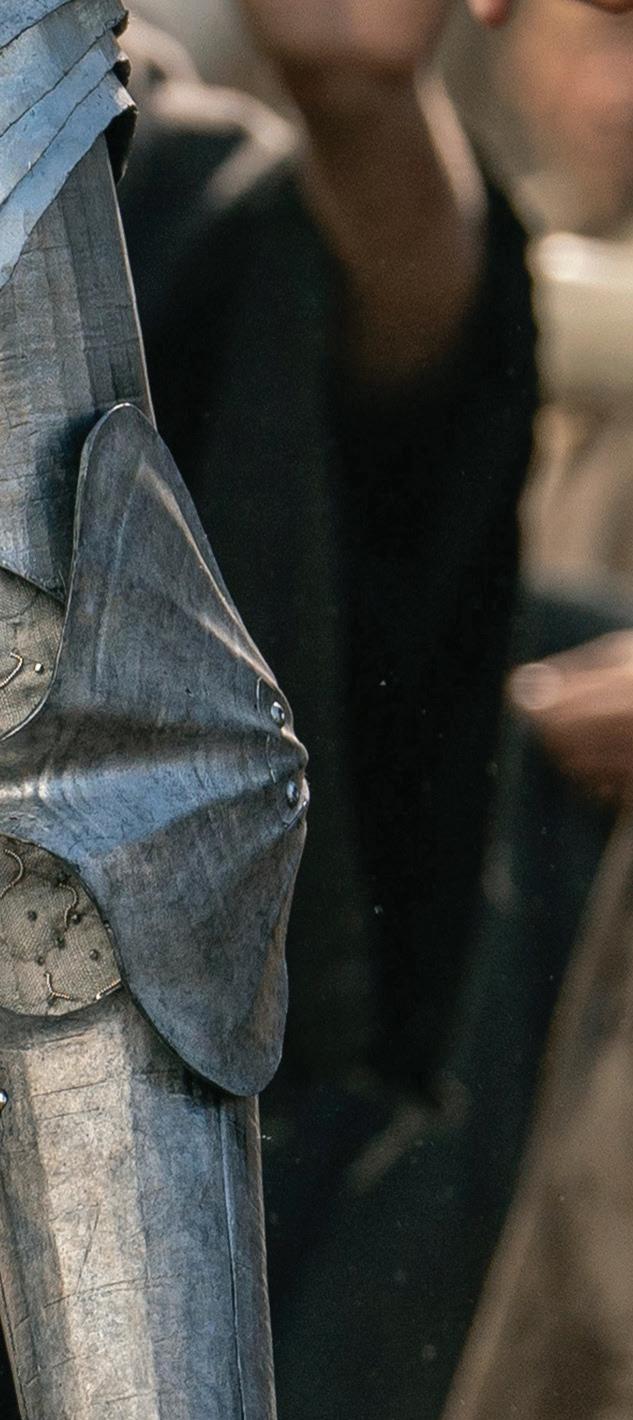

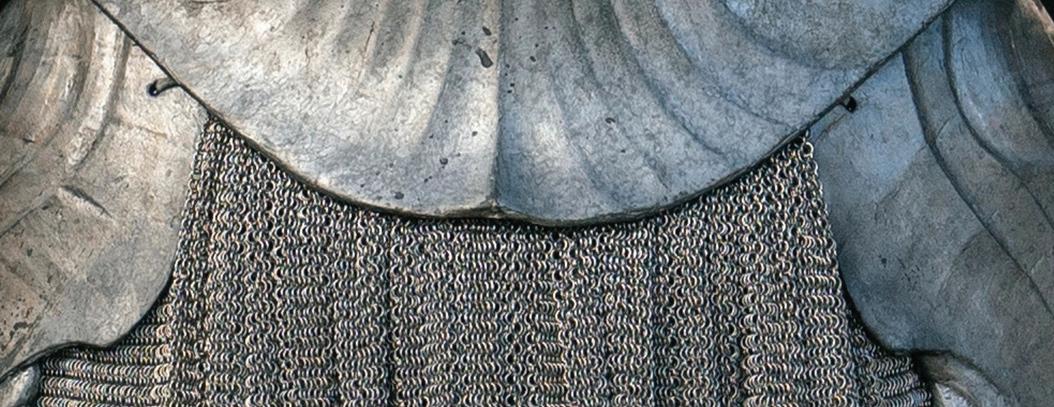
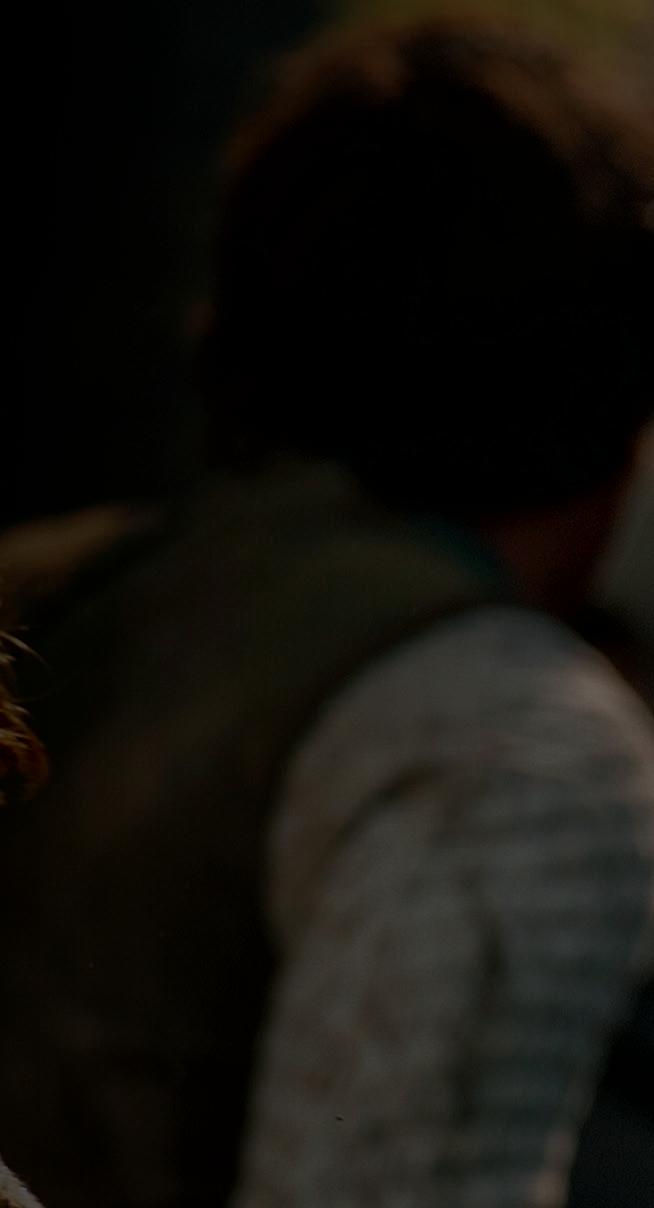


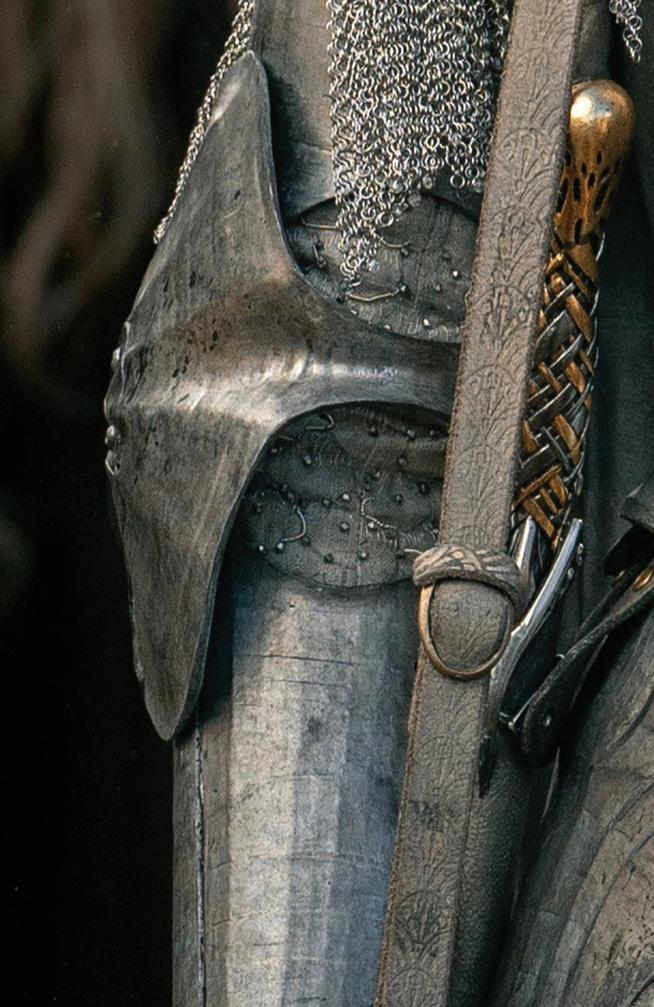








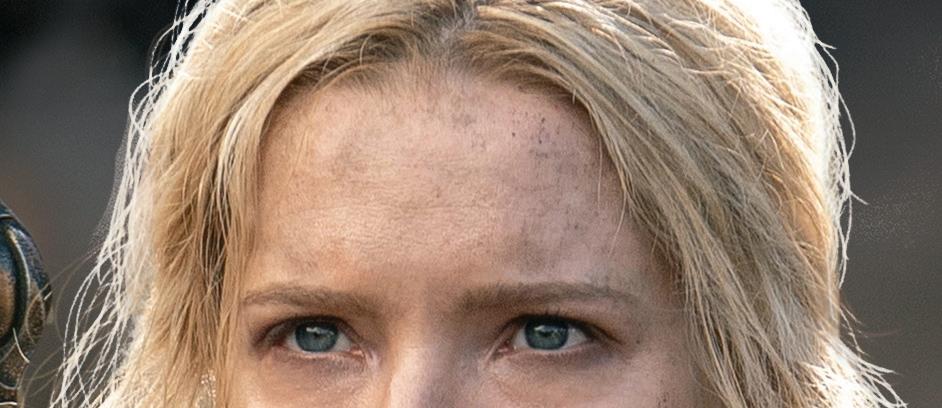


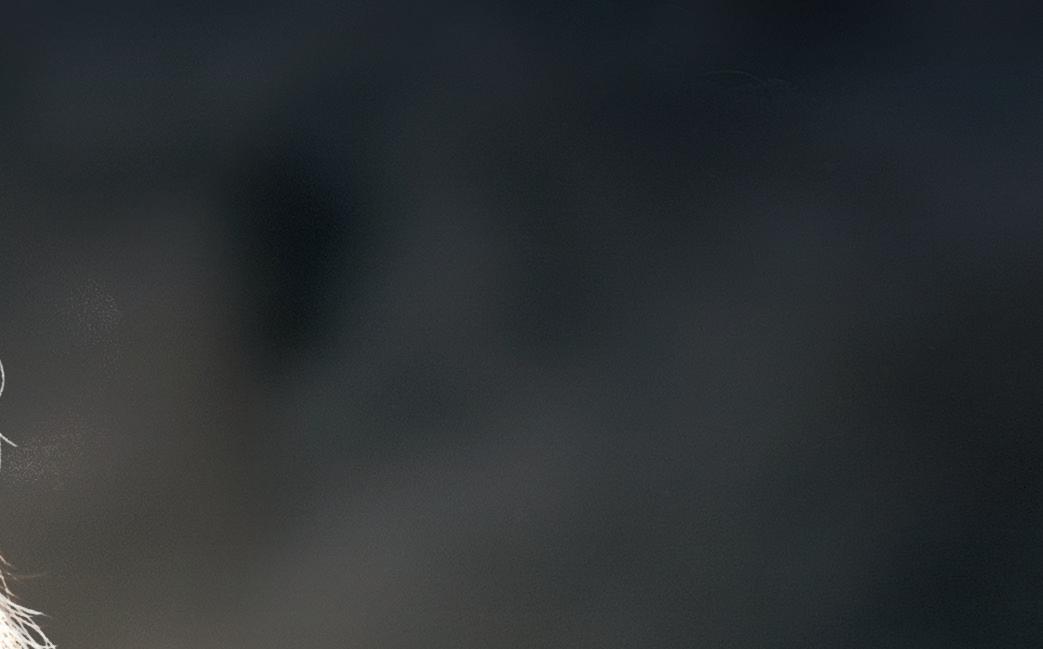

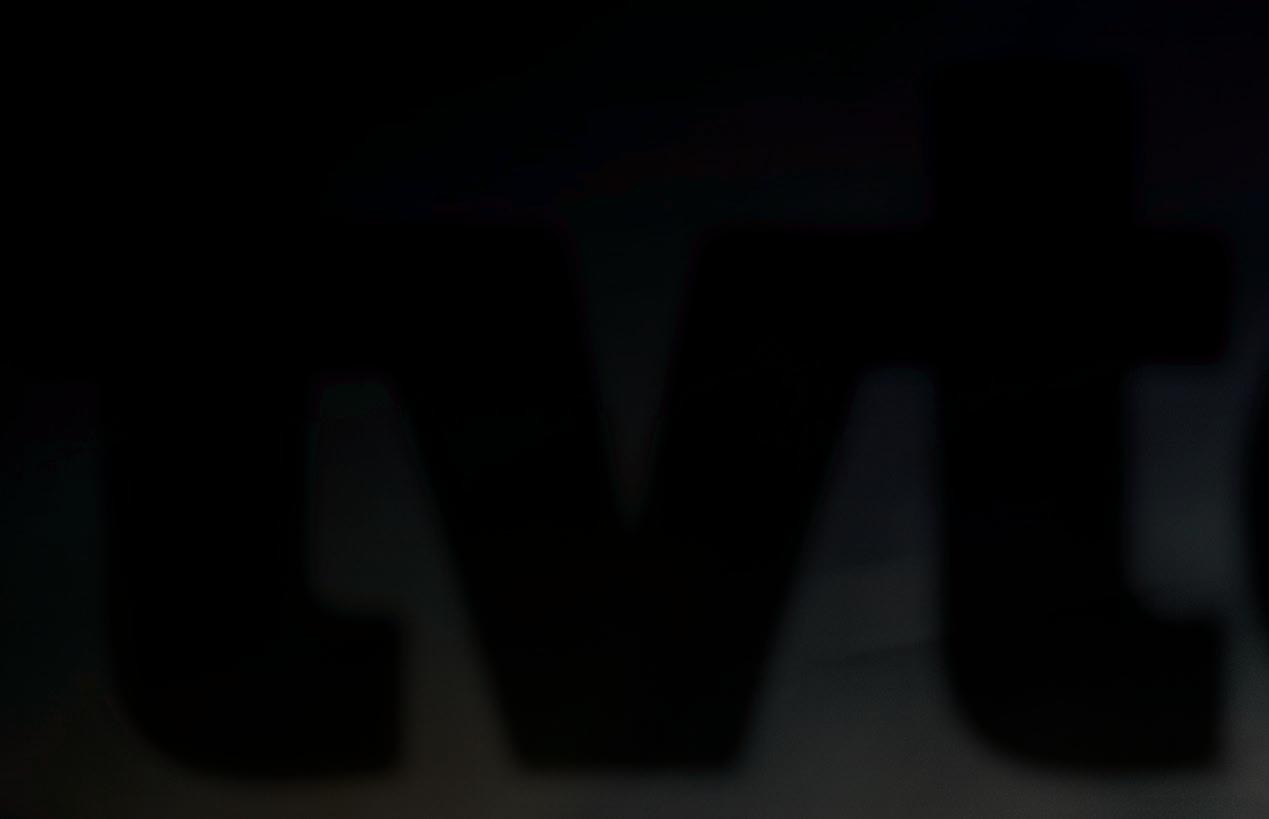
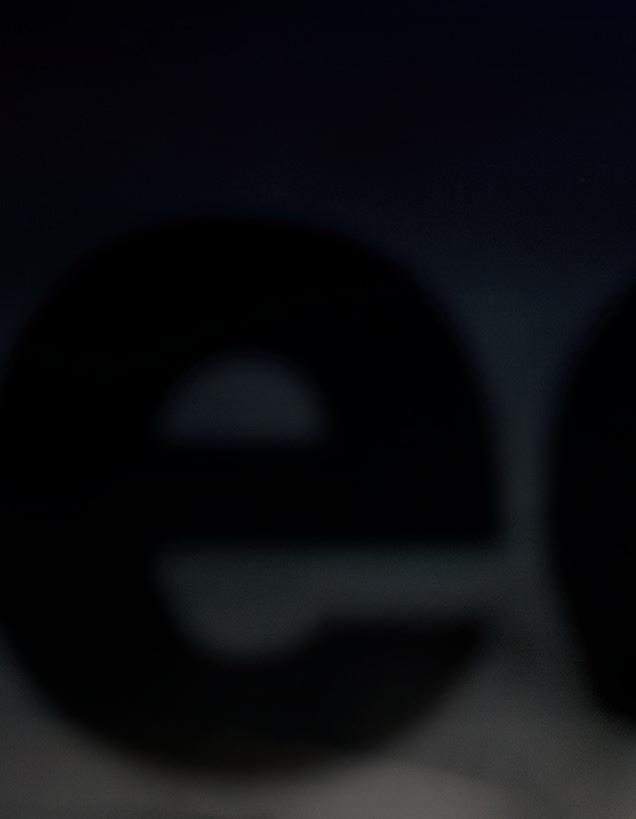








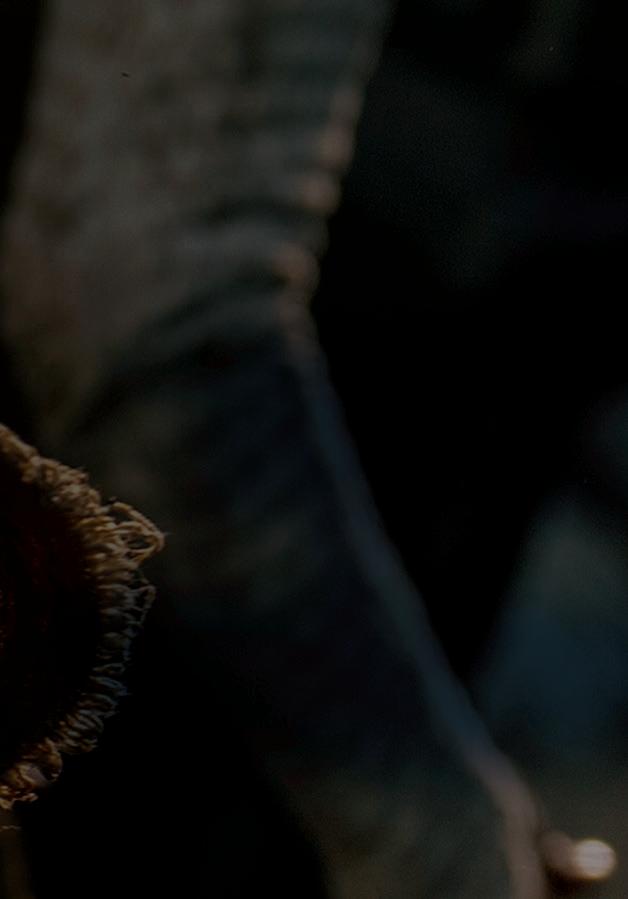



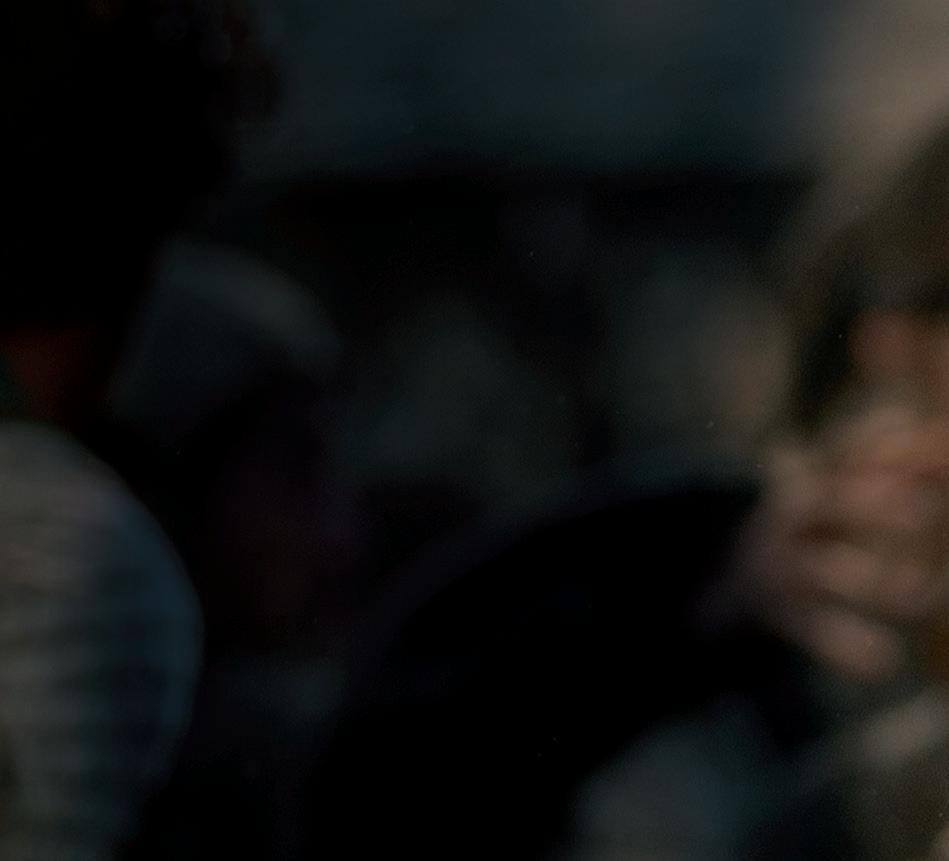



equipment guide cloud solutions Is it ready for primetime? 8K www.tvtech.com | October 2022 THE TROUBLE WITH USB-C • MEET SMPTE’S NEW EXECUTIVE DIRECTOR • IMMERSIVE AUDIO lenses & HDR p. 16

Ready for Primetime?

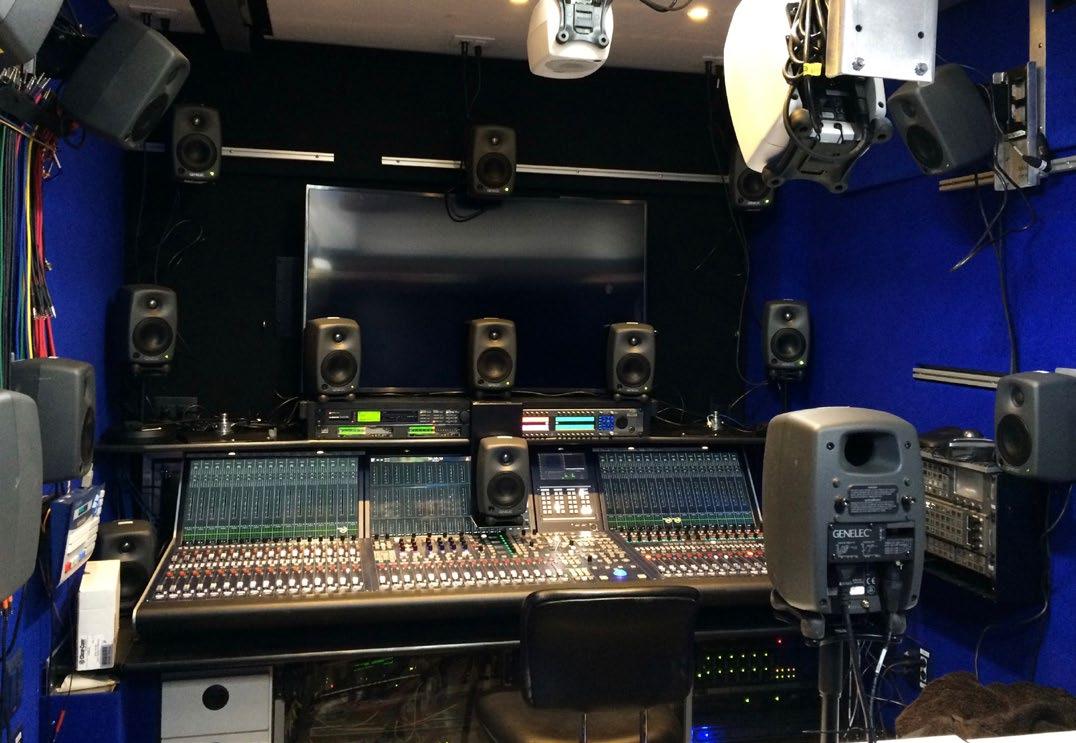 By John Maxwell Hobbs
By John Maxwell Hobbs
Drones to Monitor
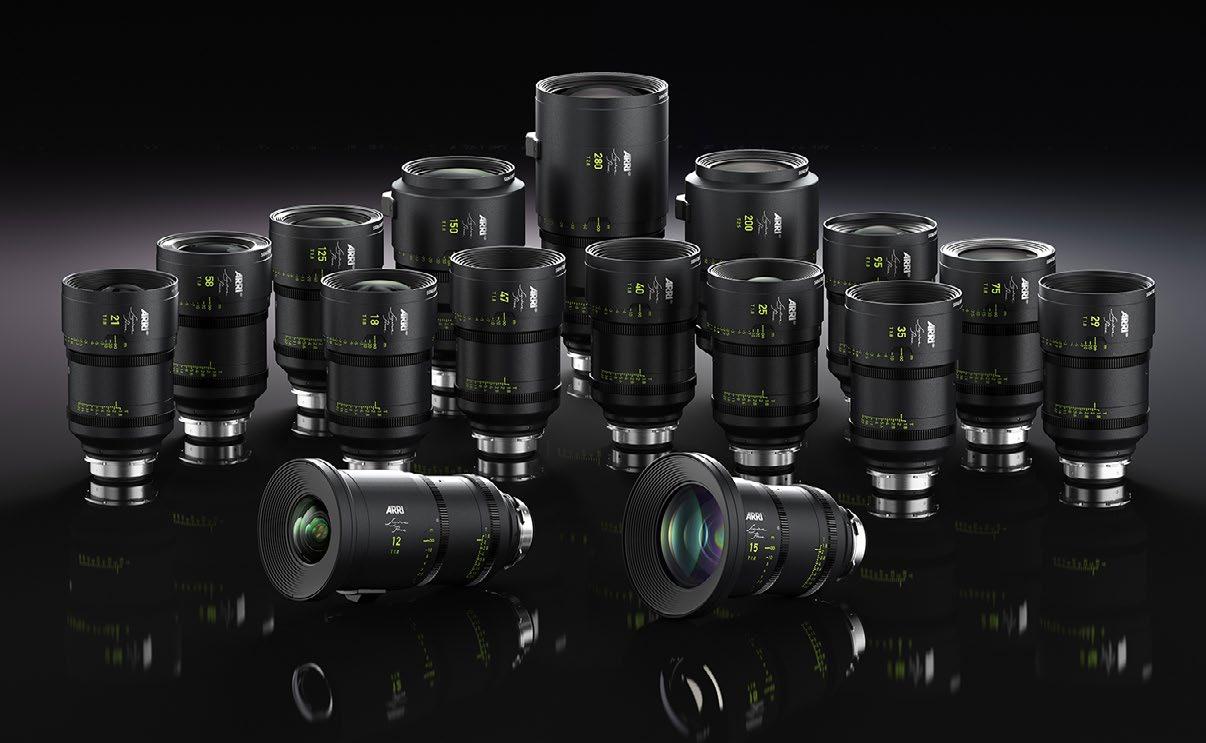 Gary
Gary
Finagling the Inverse-Square Law
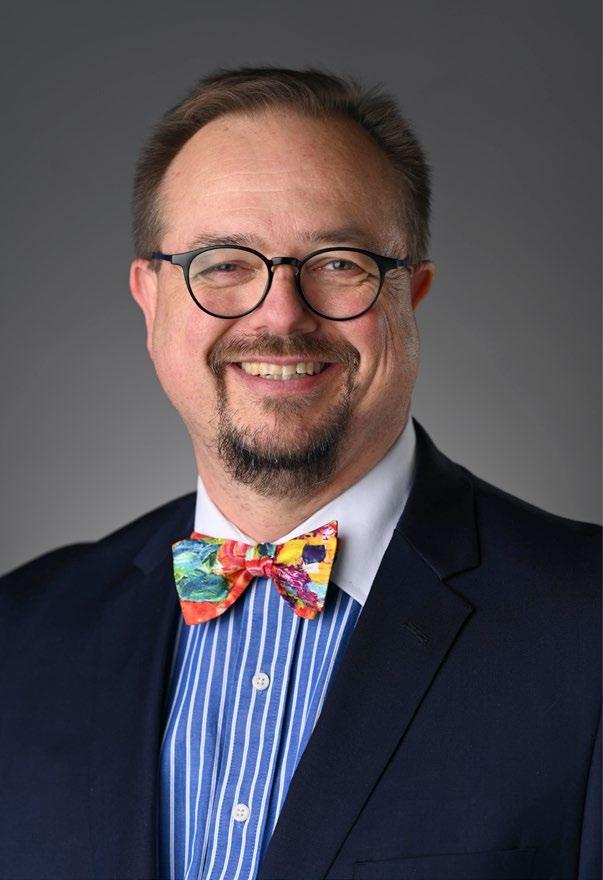
Again—Higher

Speed With Confusion Everywhere
Frank
in the
contents 10 Is 8K
Skepticism remains high for the consumer market
14 Using
Transmission Lines Thermal imaging can spot problems early, preventing headaches later on By
Cavell 16 The Role of Lenses in Shooting in HDR Lensmakers respond to advances in imaging acquisition By Craig Johnston 18 Meet David Grindle, SMPTE’s New Executive Director New leader discusses association’s priorities, upcoming Summit By Tom Butts 20
Understading how point-source light spreads out over an area doesn’t have to be difficult By Bruce Aleksander 22 Here We Go
USB-C
The problem is the lack of cable labeling By
Beacham 24 Designer Sound—It’s
Mix The complexities of bringing immersive audio to the home viewer By Dennis Baxter 26 Best of Show Awards at IBC 2022 10 October 2022 volumn 40, issue 10 4 editorial 6 in the news 34 people 2416 18 twitter.com/tvtechnology | www.tvtech.com | October 2022 3 equipment guide user reports cloud solutions • Blackmagic Design 28
As 2022 started out, much of the world was still in the grips of the world wide Covid pandemic that impacted pretty much every aspect of our lives for two years. As April approached and the industry made its way to Las Vegas for the world’s biggest event in media & entertainment technolo gy, there was hope that perhaps the return of in-person events—however tentative—were finally back to stay.
The NAB Show demonstrated that yes, trade shows were back, and customers and vendors were eager to get back to business. Attendance was not what it was before but that was expected as apprehension over Covid continued and a certain small percentage of the business decided to wait it out for another year or (for some) never return. But the buzz was palpable and the momentum for future events was there.
If there was any doubt over the enthusiasm for in-person events, IBC’s return to Amsterdam last month erased all of that. The show logged just over 37,000 attendees from 171 countries. Considering the last time the industry gathered in Amsterdam in 2019, the attendance hit a record 56,390, the drop was not as significant as many had expected. More than 1,000 exhibitors packed the more than a dozen halls of the RAI for the show, which was shortened to four days.

“The excitement across the industry to return to IBC has been tremendous,” said IBC Director Steve Connolly. “There was a real sense of purpose and of business being done. On the second day, stand rebooking for next year’s show was already in such heavy demand that we’ve expanded the show footprint for IBC2023 to include an additional hall not used this year.”
Among the highlights at this year’s show, which featured more than 250 speakers, was the keynote by immersive journalism pioneer Nonny de la Peña, hailed as “The Godmother of Virtual Reality.” In an open session de la Peña addressed the topic ‘What’s Next: How immersive tech will create new narratives and transform entertainment.”
The show was not without a few hiccups, the most glaring of which was the trip home with fly ers facing hours-long lines at Schipol, which was dealing with labor shortages at an inopportune time; however, that will hopefully be resolved by next year’s show.
The themes at the 2022 show were not that unlike the ones in 2019: IP, the cloud, 5G and virtual production. But another term—remote production—registered much higher on the list of hot topics with the practice gaining in popularity due to the impact of the events of the past several years. Two other buzzwords—AI and in particular, “metaverse” were also top of mind.
These tech advances were best exemplified in the new products and services honored by TV Tech’s Best of Show Awards, which we highlight in this issue. Congratulations both to the award winners and to the IBC organization (and its sponsors) for a show very well done!
Tom Butts Content Director tom.butts@futurenet.com
FOLLOW US www.tvtech.com twitter.com/tvtechnology
CONTENT
Content Director
Tom Butts, tom.butts@futurenet.com
Content Manager
Terry Scutt, terry.scutt@futurenet.com
Senior Content Producer
George Winslow, george.winslow@futurenet.com
Contributors Gary Arlen, Susan Ashworth, James Careless, Kevin Hilton, John Maxwell Hobbs, Craig Johnston, Bob Kovacs and Mark R. Smith
Production Manager Heather Tatrow
Managing Design Director Nicole Cobban
Senior Design Director Cliff Newman

ADVERTISING SALES
Vice President, Sales, B2B Tech Group
Adam Goldstein, adam.goldstein@futurenet.com
SUBSCRIBER CUSTOMER SERVICE
To subscribe, change your address, or check on your current account status, go to www.tvtechnology.com and click on About Us, email futureplc@computerfulfillment.com, call 888-266-5828, or write P.O. Box 8692, Lowell, MA 01853.
LICENSING/REPRINTS/PERMISSIONS

TV Technology is available for licensing. Contact the Licensing team to discuss partnership opportunities. Head of Print Licensing Rachel Shaw licensing@futurenet.com
MANAGEMENT
Senior Vice President Group Elizabeth Deeming VP, B2B Tech Group, Carmel King
Head of Production US & UK Mark Constance Head of Design Rodney Dive
FUTURE US, INC. 130 West 42nd Street, 7th Floor, New York, NY 10036
All contents © 2022 Future US, Inc. or published under licence. All rights reserved. No part of this magazine may be used, stored, transmitted or reproduced in any way without the prior written permission of the publisher. Future Publishing Limited (company number 2008885) is registered in England and Wales. Registered office: Quay House, The Ambury, Bath BA1 1UA. All information contained in this publication is for information only and is, as far as we are aware, correct at the time of going to press. Future cannot accept any responsibility for errors or inaccuracies in such information. You are advised to contact manufacturers and retailers directly with regard to the price of products/services referred to in this publication. Apps and websites mentioned in this publication are not under our control. We are not responsible for their contents or any other changes or updates to them. This magazine is fully independent and not affiliated in any way with the companies mentioned herein.
If you submit material to us, you warrant that you own the material and/or have the necessary rights/permissions to supply the material and you automatically grant Future and its licensees a licence to publish your submission in whole or in part in any/all issues and/or editions of publications, in any format published worldwide and on associated websites, social media channels and associated products. Any material you submit is sent at your own risk and, although every care is taken, neither Future nor its employees, agents,subcontractors or licensees shall be liable for loss or damage. We assume all unsolicited material is for publication unless otherwise stated, and reserve the right to edit, amend, adapt all submissions.
Please Recycle. We are committed to only using magazine paper which is derived from responsibly managed, certified forestry and chlorine-free manufacture. The paper in this magazine was sourced and produced from sustainable managed forests, conforming to strict environmental and socioeconomic standards.
TV Technology (ISSN: 0887-1701) is published monthly by Future US, Inc., 130 West 42nd Street, 7th Floor, New York, NY 10036-8002. Phone: 978-667-0352. Periodicals postage paid at New York, NY and additional mailing offices. POSTMASTER: Send address changes to TV Technology, P.O. Box 848, Lowell, MA 01853.

October 2022 | www.tvtech.com | twitter.com/tvtechnology4
Vol. 40 No. 10 | October 2022 Image credit: IBC
editor’s note
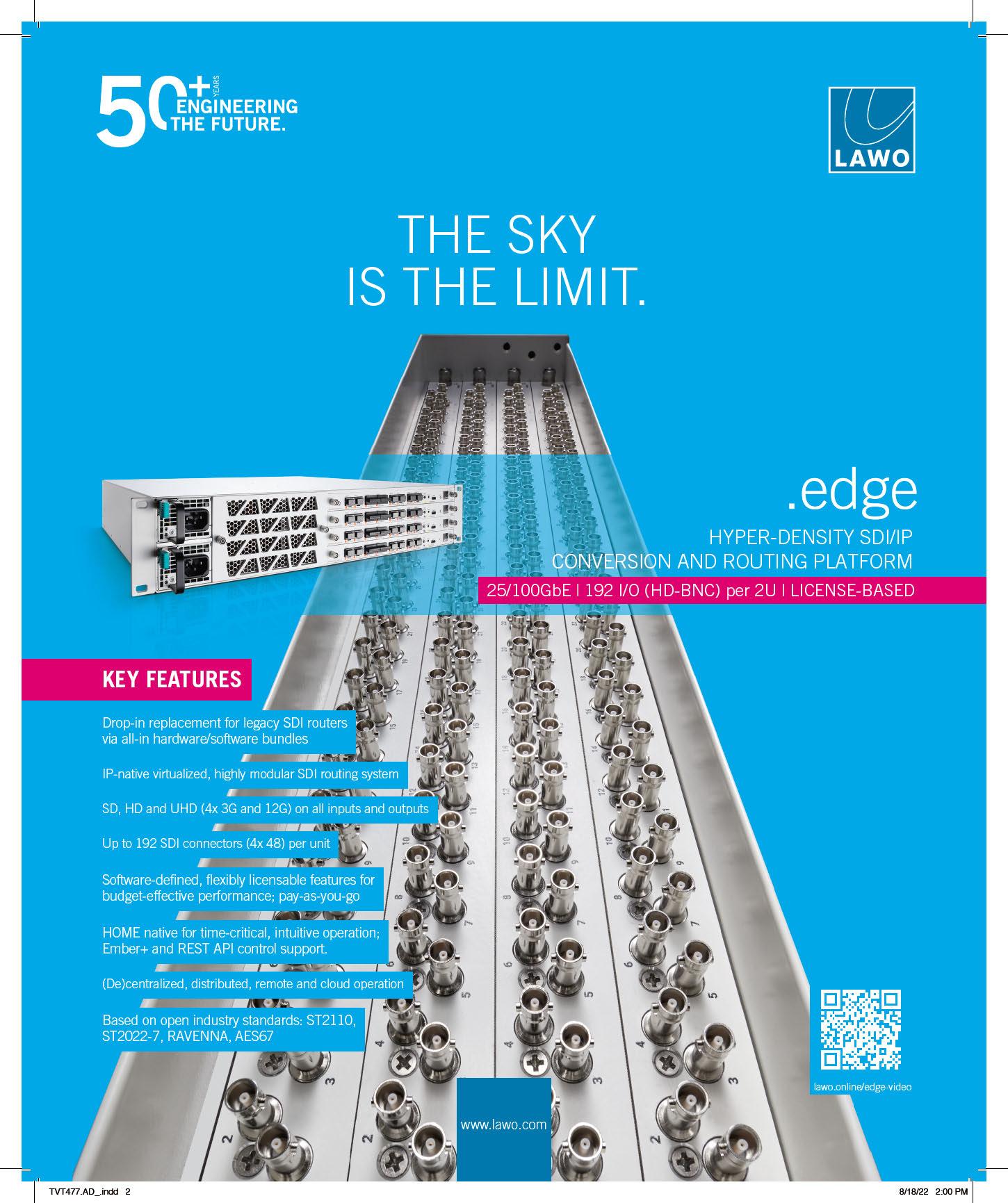
IMAX Acquires SSIMWAVE to Expand Market Presence

NEW YORK—IMAX Corp. has acquired SSIMWAVE Inc., a provider of AI-driven video quality solutions for M&E companies.
The deal marks a significant expansion of IMAX’s strategy to deliver the highest quality video images on any screen and buildings on IMAX Enhanced, which brings “The IMAX Experience” to streaming entertainment.
Under the terms of agreement, IMAX acquired SSIMWAVE for $18.5 million in cash and $2.5 million in stock with additional earnout consideration of $4 million, subject to achieving certain operating performance and financial objectives.
“SSIMWAVE is doing revolutionary work at the intersection of human visual perception and image enhancement technology.

By putting the power of our global brand behind their award-winning engineering team and product suite, IMAX takes a big step toward a new horizon in our ability to deliver the best images for any creator, across every screen,” said Rich Gelfond, CEO of IMAX. “In the near-term, SSIMWAVE brings to IMAX new, SaaSbased revenue and a world-class client roster that tightly aligns with some of our strongest, most successful content partnerships.”
Longer-term, IMAX’s technology and postproduction teams will work with SSIMWAVE’s engineering team to develop new solutions for delivering IMAX-quality video experiences across platforms, around the world, the companies said.
George Winslow
Comcast Plans to Double Network Energy Efficiency By 2030
PHILADELPHIA—Comcast has announced that Comcast Cable plans to double its network energy efficiency by 2030, cutting the electricity per consumed terabyte of data in half.
“We’re on the path to a greener internet,” said Charlie Herrin, president of the Technology, Product, Experience organization within Comcast Cable. “The smart technologies powering our new network architecture are transforming how data is delivered, providing the industry’s best combination of speed, coverage, and control—all more sustainably.”
Comcast made the announcement at SCTE CableTec Expo 2022, where the operator purchased and gifted renewable energy certificates that it said powered SCTE CableTec Expo 2022 with 100% clean energy.
Comcast has been investing
FCC Fines Broadcasters More than $3.3M for KidVid Violations
WASHINGTON—The FCC has issued $3,374,000 in fines to 21 broadcast television licensees finding that they “willfully and repeatedly” violated rules limiting commercials during children's programming.
The violations occurred between Nov. 10 and Dec, 16, 2018 when a commercial for “Hot Wheels Super Garage” was inadvertently aired 11 times during eight 30-minute-long episodes of “Team Hot Wheels.” This was in violation of the Children’s Television Act of 1990, which, among other things, states that a program associated with a product, in which commercials for that product are aired, would be treated as a program-length commercial.
The commission said the violations came to light when stations admitted to breaking the rules when filing their license renewal applications in 2020.
“Multiple Broadcasters responded “No” to the question in their applications entitled
Children’s Programming Commercial
Limitations, indicating that during the previous license term, the respective stations failed to fully comply with the commercial limits on children’s television programming,” the commission said.
Sinclair Broadcast Group bore the brunt of the fines, incurring $2,652,000 for each of its 82 stations. SBG was the provider of the Hot Wheels programming along with the related “Super Ultimate Garage” commercials.

Several Nexstar stations and a range of smaller station groups were also fined.
in a nationwide network transformation to virtual, cloudbased technologies that offer faster broadband speeds, greater reliability, and improved energy efficiency. The new virtualized platform includes more centralized locations for headends, hubs and data centers that are more efficient than previous technologies, requiring less hardware, less space, and less energy per byte.
Comcast has also set a goal to be carbon neutral by 2035 for Scope 1 and 2 emissions, or the direct and indirect emissions it owns and controls, across its global operations. With purchased electricity accounting for the majority of its emissions, Comcast is investing in clean, renewable energy to power its network and operations, as well as shifting to newer, more energy-efficient technologies and facilities.
George Winslow
The FCC said Sinclair’s violations were particularly egregious, “considering the number, nature and circumstances of the commercial limit overages, as well as Sinclair’s history of prior offenses and ability to pay.”
“In the last 17 years Sinclair has been fined or admonished 11 times for programlength commercial violations, establishing an extensive history of prior offenses,” the commission said. “The circumstances and extent of the apparent violations here are particularly troubling because an experienced television licensee apparently committed them.
“Over the course of slightly more than a month, not a single employee noticed that at least one—and sometimes more—Hot Wheels commercials were airing during a Hot Wheels program,” the commission added. “This is a textbook violation of Commission rules that have been in place for more than 30 years."
Tom Butts
6 in the news October 2022 | www.tvtech.com | twitter.com/tvtechnology
Credit: Mattel

BIA: Local OTT Ad Revenue to Hit $2.8B by 2024
CHANTILLY, Va.—BIA Advisory Services’ U.S.

Local Advertising Forecast
is predicting that local over-the-top (OTT) advertising will jump 57% in 2022 to $2 billion in 2022 and hit $3.4 billion in 2026, making it the fastest growing local media channel.
By comparison, over-the-air ad revenue remains much larger at $20.4 billion in 2022 but will grow at a slow rate to $21.9 billion in 2026.
“When you compare TV over-the-air (OTA) to OTT, obviously TV OTA is the juggernaut. However, the growth in OTT demonstrates that it is delivering a proven opportunity for broadcasters to grow revenue,” said Rick Ducey, managing director, BIA Advisory Services. “Consumers continue to shift, and are sticking with, viewing habits supported by OTT. For broadcasters taking notice, it offers them an opportunity to extend the value of their traditional over-the-air content and deliver it in a manner consumers require.”
In the new forecast, the BIA noted that during the main portion of the pandemic (2019-2022), OTT ad spend grew at a 33% compound annual growth rate (CAGR) and it is projecting that local OTT will continue to grow at a 14.3% CAGR from 2022 to 2026.
In this busy political year, advertisers are using OTT at greater rates. BIA expects to see an extra bump in OTT spending particularly in even years as advertisers decide to mix more of this channel into their cross-platform approach to advertising.
BIA researchers also explained that other local verticals starting to use OTT at noticeable levels include:
• Supermarkets and other grocery stores
• Quick service and fast-food restaurants
• Physicians, dentists and chiropractors
• Legal services
• Fitness and recreational sports centers
“As OTT comes of age, we expect it to rapidly seek additional investments to reach new consumers that are harder to hit by linear TV alone. It will be fascinating to watch the growth trend lines,” explained Nicole Ovadia, vice president of forecasting and analysis at BIA Advisory Services. “To provide insights into OTT ad spending, we are slicing and dicing our forecast estimates to examine growth and expansion by verticals, regions in the US, by markets and more.””
George Winslow
Veterans TV Offers A Big Lesson For Living In These Times
War in Ukraine. Hints of nuclear saber rattling. Inflation at the highest levels in 40 years. The list goes on and on. It all can seem a bit overwhelming at times— especially when thinking about how little influence one has on world events.
But there’s a simple way to push through those dark clouds. Improve the world around you.
Case in point: Bob Lefcovich, founder, president and visionary behind Veterans TV, an up-and-coming nonprofit dedicated to training veterans entering civilian life for careers in television and media production.
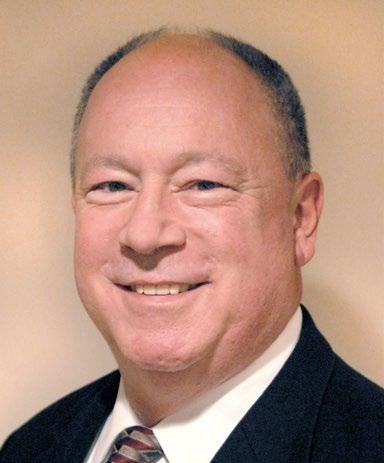
mobile production trailer from NEP.
The mobile studio outfitted with the donated equipment is beginning to serve as the training grounds for the veterans Lefcovich envisioned helping. Like so many others, Veterans TV wasn’t immune to the effects of the pandemic, so it’s only now that the trailer, which has taken up permanent residence in Grass Valley, Calif., is beginning to be used as a high-tech classroom.
Phil Kurz
Motivated by a chance encounter with a homeless vet in Oakland a few years back, Lefcovich, who has worked in the television industry for some 55 years, took matters into his own hands to find a way to equip veterans interested in television careers with the skills they would need to succeed.
Since launching Veterans TV in 2018, Lefcovich has secured some $3.5 million in technology—either donated or on permanent loan—from tech vendors like Grass Valley, Calrec, EVS, Canon, AJA Video, Blackmagic Design, Telestream, Shure, Sennheiser and many others as well as the non-profit’s crown jewel: the newly decommissioned Denali Gold 53-foot

With the help of Jim Ocon, a board member of the non-profit, who is traversing the country in the OConsortium’s own mobile studio, and others, Veterans TV is promoting its program and has secured commitments from Sinclair Broadcast Group, Gray Television, Hearst Television and others to interview veterans who successfully complete the training for possible positions at their companies.
Not everyone can tackle an undertaking of this magnitude. Maybe it’s something simple like being a Scout leader, volunteering at a food pantry, helping a child to read or any one of a thousand other ways to have a positive effect on the lives of people.
Of course, none of these things will bring about peace in Ukraine or fix the economy. But each can improve one’s own local community and, in the process, provide a little personal solace when things might seem their darkest. l
8 in the news October 2022 | www.tvtech.com | twitter.com/tvtechnology
OPINION
Veteran’s TV Founder Bob Lefcovich (L) and CTO Peter Mason
with
Lenses
Get Digital Film Quality for Broadcast
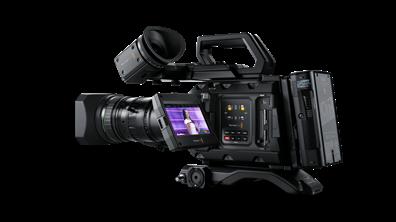
Exceptional Low Light Performance

New URSA Broadcast G2 Next generation camera with 6K digital film sensor, dual gain ISO, H.265, Blackmagic RAW and more! Blackmagic URSA Broadcast G2 $4,195 The new Blackmagic URSA Broadcast G2 is an incredibly powerful camera designed for both traditional and online broadcasters. The 3 cameras in 1 design allows it to work as a 4K production camera, a 4K studio camera or a 6K digital film camera! It’s a perfect solution for broadcasters because it uses the lenses and batteries you already own! No other broadcast camera is so flexible!
The large 6K sensor combined with Blackmagic generation 5 color science gives you the same imaging technology used in digital film cameras. The 6K sensor features a resolution of 6144 x 3456 so it’s flexible enough for broadcast and digital film work. When using B4 lenses, you get a 4K window of the sensor for Ultra HD broadcast use.
The new URSA Broadcast features incredible low light performance so you can shoot using ambient light or even under moonlight! The Blackmagic URSA Broadcast G2 features gain from -12dB (100 ISO) up to +36dB (25,600 ISO) so it’s optimized to reduce grain and noise in images, while maintaining the full dynamic range of the sensor. Compatible
B4 Broadcast
The URSA Broadcast G2 features a B4 broadcast lens mount that includes optics specifically designed to match the camera’s sensor. B4 lenses are fantastic because they are par-focal, so the image stays in focus as you zoom in and out, so you don’t need to constantly chase focus as you shoot. You also get full electronic lens control to adjust focus, iris and zoom using the camera’s controls, or remotely! Use Common Media and File Formats! You can record in ProRes 422 HQ and ProRes 422 into QuickTime files. The new Blackmagic URSA Broadcast G2 model can even record into H.265 for incredibly small files at 60:1 to 285:1 compression ratios, in 10-bit broadcast quality. Plus you can record to Blackmagic RAW files, a revolutionary new format designed to capture and preserve the quality of the sensor data from the camera. www.blackmagicdesign.com Camera shown with optional accessories and lens. Learn More!
Amazon Prime is making its blockbuster series “Rings of Power” available in 8K on Samsung’s Neo QLED 8K TVs and “The Wall” 8K Micro LED displays.

Is 8K Ready for Primetime?
Skepticism remains high for the consumer market
By John Maxwell Hobbs
LONDON—No sooner than broadcasters began transmitting HD programming in earnest, it felt as if equipment manufacturers began trumpeting the benefits of 8K – 16 times the resolution of HD.
Although that’s a bit of an exaggeration, Japan’s NHK, who started the R&D work on their Super Hi-Vision system in 1995, first screened 8K video in 2005, only one year after the launch of the first HD channel in Europe. For several years a decade ago, the network demo-ed SHV on giant displays in speciallydesigned stands at the NAB Show and IBC.
The first public showcase of the technology was a collaboration between NHK and the BBC to transmit the opening ceremony and selected events from the London 2012
Summer Olympics to giant screens in Broadcasting House in London, Pacific Quay in Glasgow, and the National Media Museum in Bradford.
Responses to the presentation were very positive with audience members remarking on the sense of intimacy created through seeing the athletes at that size and level of detail. More than one person remarked that being close enough to read the emotion
on the faces of the participants made what is usually the most boring part of the ceremony—the entrance of the athletes—into the most moving part of the entire event.
THE CURRENT STATE
Ten years on, where does 8K sit in the media landscape?
Firstly, it now shares the acronym UHD (Ultra High Definition) with 4K. Its approach to dynamic range has been given its own acronym HDR (High Dynamic Range) and is also applied to HD, 4K, and still photography.
It has its own industry body—the 8K Association, who have defined basic specs for what an 8K TV should offer, including: 7,680 x 4,320 pixel resolution; input frame rates of 24p, 30p, 60p; more than 600 nits peak brightness; HEVC support; and HDMI 2.1.
When the 2012 London Olympic project was undertaken, there were only three 8K cameras in the entire world. Now there are good 8K cameras available for under $7,000, and 8K TVs for under $2,000; even smartphones now boast 8K capabilities.
There have been a few 8K projects in the broadcasting world, mostly focussed on sports production, but adoption has not been huge.
In early 2020, BT Sport and Samsung
10 elections 2022
October 2022 | www.tvtech.com | twitter.com/tvtechnology
Although the uptake of 8K as a consumer format has been slow, the technology has been making inroads as a production tool.
Credit: Amazon Prime

screened the UK’s first public live 8K sports broadcast, with a presentation of a match between Arsenal and Olympiacos which was made available in 8K to select fans inside Arsenal’s Emirates stadium.
This was followed by a transmission of a Premiership Rugby match sent live in 8K to selected homes. The game was produced entirely remotely allowing BT Sport to explore OB and production workflows for future live 8K broadcasts.
NHK launched BS8K, an 8K satellite television service in 2018 and produced about 200 hours of 8K video during the Summer Olympics in Tokyo.
AS A BROADCAST FORMAT
The challenge facing proponents of 8K is consumer adoption. Market research firm Omdia anticipates that just 2.7 million households worldwide are expected to have an 8K TV by the end of 2026. According to the firm, shipments of 8K TVs only accounted for 0.15% of all TV shipments in 2021. The CTA forecasts 479,000 8K-capable TV sets in the US by 2023—out of an overall market of 38 million sets—that’s a market penetration of only 1.26%.
The logistics of transmission are a significant obstacle to 8K becoming a broadcast format. The HEVC 8K codec used for the Tokyo Olympics required a bitrate of 85 Mpbs. Advances in the efficiency of the coding algorithm allowed a bitrate of 40 Mbps for an 8K trial at the 2019 French Open.
Putting these numbers in perspective: the transmission bitrate of terrestrial broadcast HD channels averages around 6 Mbps—from
as low as 1.1 and bursting up to 11.0 Mbps. To deliver equivalent quality for a 4K broadcast, a bitrate of 9 Mbps is needed. 8K requires a significant leap up to 48 Mbps, which is 8 Mbps greater than the entire bitrate available in the UK’s HD multiplex, which currently carries 9 HD and two SD channels.
In a world in which over-the-air bandwidth is scarce and the subject of intense competition for access, it is turning out to be difficult to create a business case that justifies replacing 11 channels with one to service only 1.26% of the market.
IN PRODUCTION
Although the uptake of 8K as a consumer format has been slow, the technology has
been making inroads as a production tool.
Panasonic sells what it calls an 8K “Region of Interest” camera that can be configured to output 4 HD video feeds that can be panned, tilted, and zoomed via software. The system allows up to eight of the cameras to be linked in a single integrated system, effectively creating 32 virtual HD camera positions.
8K LED walls are starting to replace the use of green screens in feature productions like Disney’s “The Mandalorian.” This approach allows the actors to actually see and interact with the CGI environment in real time. This approach can be simpler to light than green screen sets, easier and more flexible to shoot, and can lead to cost savings.
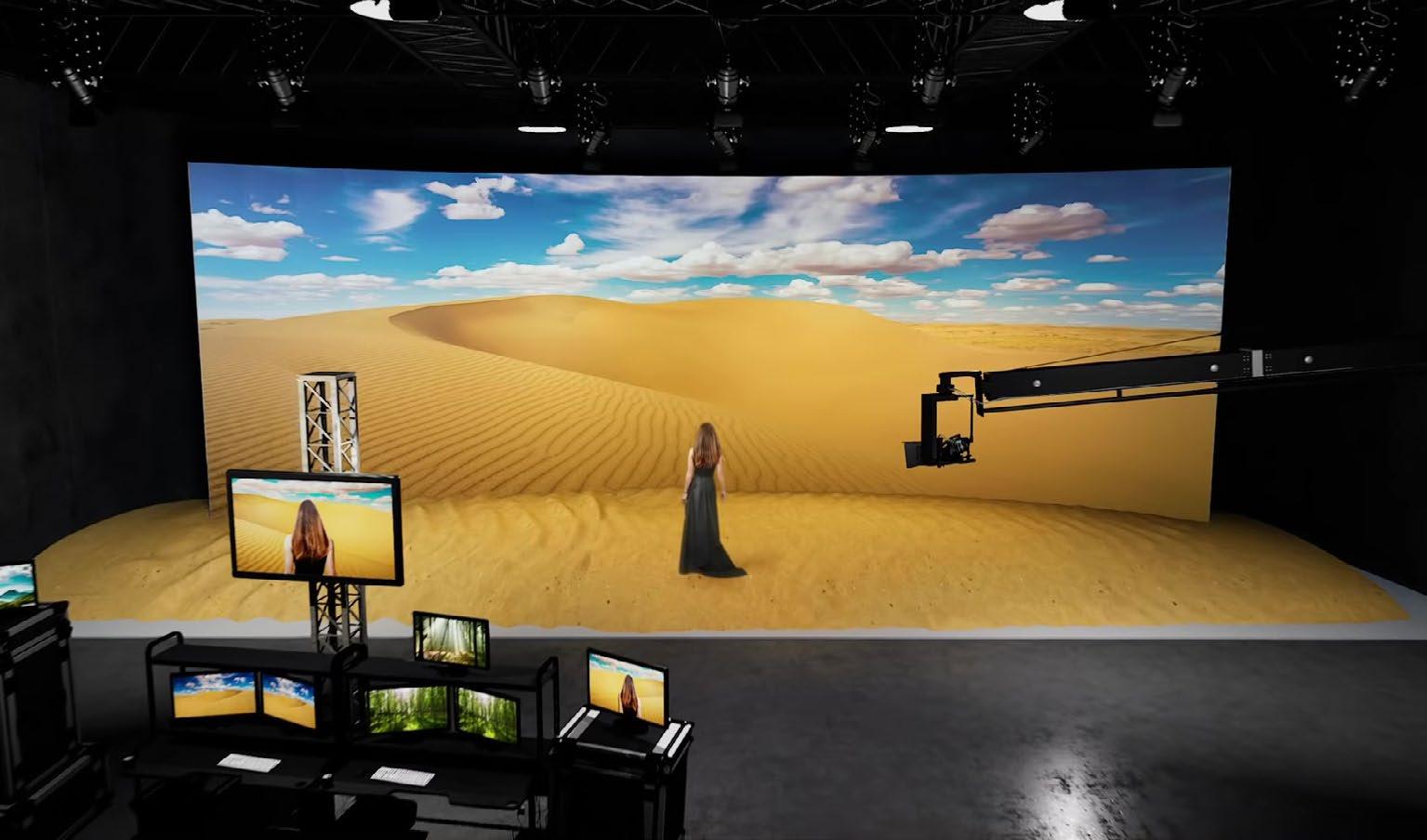
IN THE FUTURE
In a futuristic twist, the first 8K console game for the PS5 has been released, but only the console’s processor can see it in that resolution.
Shin’en’s “Touryst” was released for the PS5 in an 8K version last year, however PS5 doesn’t currently support 8K output for games, and has to render it internally at 8K and then downscale the output to 4K. Sony has promised to enable 8K output in a future update, but has not named a date for that to happen.
Market research firm Omdia anticipates that just 2.7 million households worldwide are expected to have an 8K TV by the end of 2026.
Seventeen years after its first appearance, the jury is still out on 8K as a consumer format. It could end up being a non-starter like 3DTV, or it might follow the path of other repurposed consumer products like Betamax and MiniDisc as a useful production tool. As William Gibson wrote, “the street finds its own uses for things.” l
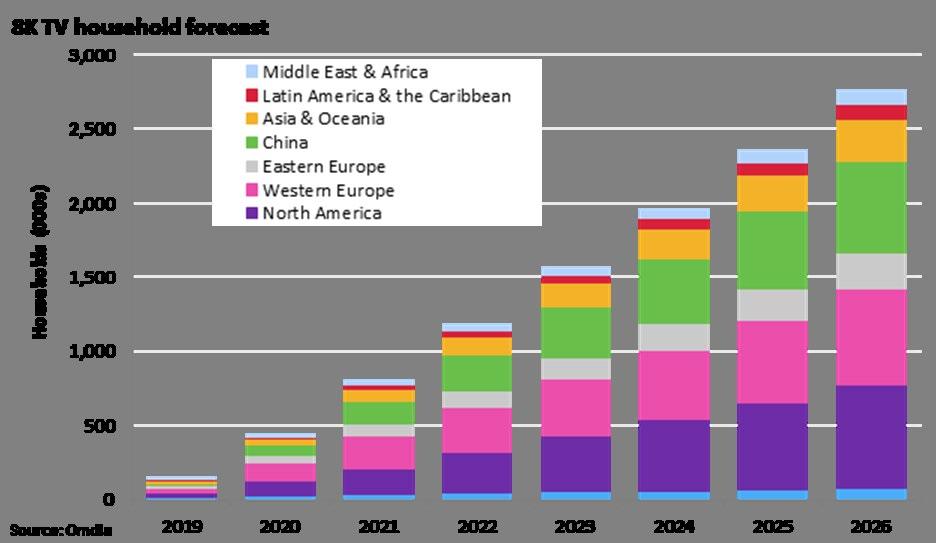
12 elections 2022 October 2022 | www.tvtech.com | twitter.com/tvtechnology
8K LED walls are starting to replace the use of green screens in feature productions like Disney’s “The Mandalorian.”
Credit: Sony

tower inspection
Using Drones to Monitor Transmission Lines
Thermal imaging can spot problems early, preventing headaches later on
By Gary Cavell
MANASSAS, Va.—Thermal cameras and contactless spot thermometers are in creasingly being used at the station level to safely check electrical wiring, power systems, HVAC equipment, and transmitters. Camera-equipped drones (aka unmanned aircraft systems or “UAS”), have been found to be incredibly useful in documenting tower-mounted equipment and providing a “first look” at suspected antenna, tower, or transmission line problems, saving tower crew cost and time.
At Cavell Mertz, we have found thermal cameras to be helpful in spotting transmis sion line problems (with bullet junctions and elbows being the usual suspects) since the line can be thermally scanned while it is be ing fed by the transmitter at full power (Fig. 1). A network analyzer may sometimes not “see” a problem until it significantly worsens since the network analyzer operates at very low power. A problem or failure that is hap pening while in operation or under load may not be apparent unless it’s being stressed at higher powers.
COST-EFFECTIVE SOLUTION
IR cameras are typically used at ground level for locations such as the inside of a transmitter building, along the transmission line trestle/ ice bridge, at the tower base, and in the first few feet up the tower. Getting useful imag es further up the tower with ground-based cameras isn’t as feasible, as telephoto thermal lenses and camera equipment capable of pro viding usable, reliable information at longer distances (further up the tower) are extremely expensive to purchase or lease. Nevertheless, in the early days of doing IR scanning for clients, we leased nitrogen-cooled long lens systems in order to chase down problems on a tower that were evading diagnosis.
As thermal cameras have become smaller, lighter, and (somewhat) more affordable, drone systems also became more reliable, precisely controllable, and able to lift heavier loads—all of which resulted in a “perfect marriage” of
capabilities—airborne thermal cameras that can scan tower-mounted lines and equipment from more favorable vantage points.
Over the years, as we first built our own drones, then bought capable large commercial models to support our airborne antenna RF measurement work, we started experiment ing with drone-mounted IR systems, finally settling on a camera system that provided dual IR/visual images while having lenses and sensors that permitted tower scanning from a reasonable distance from the tower. We ended up with three drones that can carry multi-use camera payloads.
PLAN YOUR FLIGHT
Scanning a tower requires a bit of pre-plan ning and a careful preflight: guy wires, T-bars, and candelabra arms have to be avoided, and wind must be taken into account to prevent a collision (note: in a collision, the drone always loses, so inattention and distraction must be avoided during a mission). Some drones have a failsafe system, where it self-navigates to a safe place should it lose control telemetry. Be sure that your ”fly-away” plan takes the drone out and away from the tower, and into a safe (guy wire-free) zone (Fig. 2).

Take a close look as to what is emitting RF energy on the tower, at what frequency, and at what power, especially in “tower farm” situations. Many drones don’t tolerate RF saturation or interference/overloading of their control and telemetry systems and some unli censed microwave frequencies are close to the Wi-Fi telemetry frequencies used by drones. You could lose control and have an un-com manded “fly away” event or crash.
Since you want to see all systems being measured operate at full power for diagnostic purposes, plan to fly farther from the tower as the UAS flies through the elevations where high RF is expected. We typically fly close to the tower as we scan transmission lines, then back away to a calculated safe distance to tran sit a hot area (while still scanning the area of importance), then navigate back to the closer position once the UAV is out of the RF hot zone. Obviously, this is not a single operator event—you’ll want spotters to assist you. Un derstandably, this requires skill, planning, and satisfaction of certain FAA requirements.
GATHERING AND ANALYZING DATA
As for the practical side of gathering data, if your drone system doesn’t have the ability to record height as it ascends to correlate a height with a hotspot, look at the tower drawings and note vertical benchmarks, such as known guy wire and antenna heights. This way, if a thermal
14
Scanning a tower requires a bit of pre-planning and a careful preflight.
October 2022 | www.tvtech.com | twitter.com/tvtechnology
hot spot is noted, you can tell a tower climber to start checking for issues at a particular height range, saving some of their time.
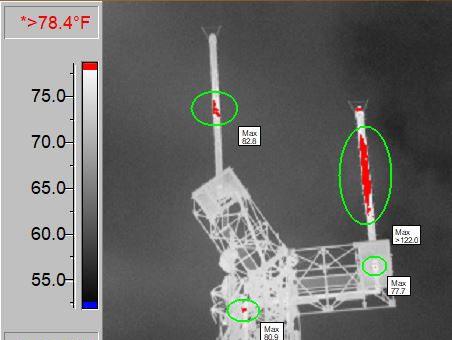






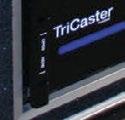














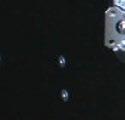



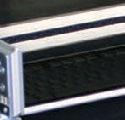


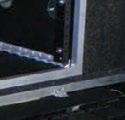

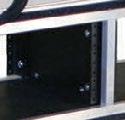






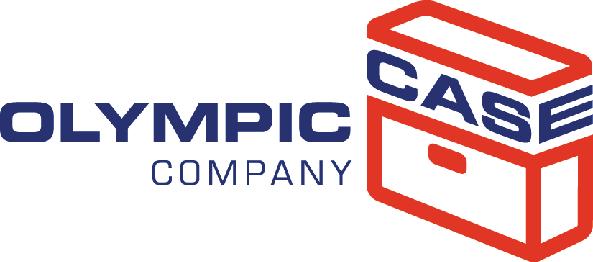
Since the sun can thermally “load up” the tower, we prefer to do thermal scans at night, allowing time for the tower to cool down; otherwise, the solar loading can make tem perature differences difficult to spot. Wind speeds and temperatures can differ, often significantly, as the height above ground changes. Having access to good weather information and on-board sensors can be helpful as you evaluate the resulting images and data.
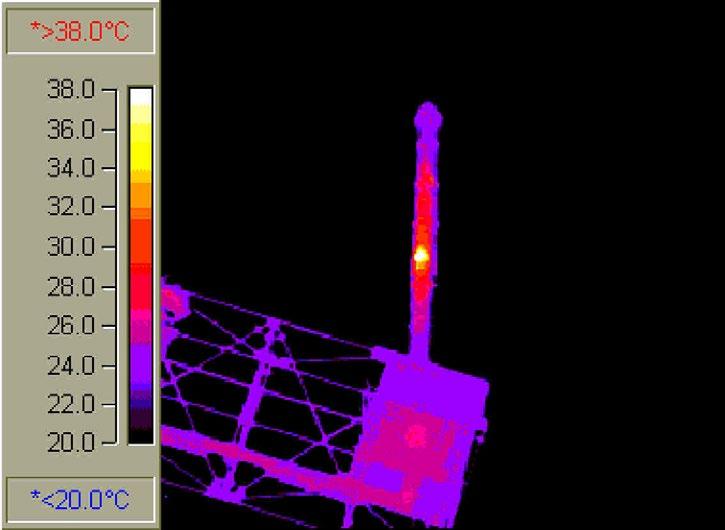

As for interpreting the information, training and experience are key. From a thermography standpoint, operating IR equipment from a drone is similar to operating IR equipment on the ground—the same data interpretation prin ciples apply, even though the environment and considerations differ. Thermal camera suppliers such as FLIR have training programs and videos (including IR drone training) available. From experience, we know that small differences in temperature gradient generally are normal—it is the big differences that are telling. Reflected heat and light, paint color, and even material type and finish can give a false indication of





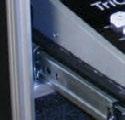
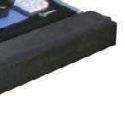





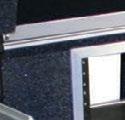




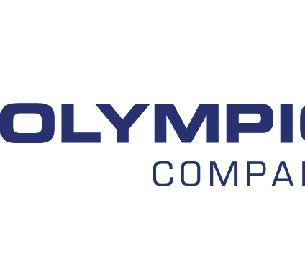
high, or even normal, temperatures.













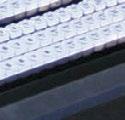




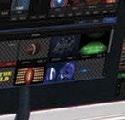





Finally, if an anomaly is suspected from the imaging (Fig. 3), some people skills are needed to discuss what was observed and as a plan of further investigation is being developed. After all, thermal imaging is an interpretative art as much as it is a science. Approaching a possible problem in a non-confrontational manner with the suppliers and installers can go a long way toward gaining cooperation and a resolution. l

Gary Cavell is president of Cavell Mertz & Associates, a consulting firm specializing in broadcast and communications engineering.













tower inspection
Fig.1 Fig.2 Fig.3
The Role of Lenses in Shooting in HDR
Lensmakers respond to advances in imaging acquisition
By Craig Johnston
SEATTLE—There’s a rule of thumb in video image capture that the finished picture will only be as good as the weakest part of the signal path. HDR (High Dynamic Range) is no exception.
“The great news is that the camera manufacturers have come a long ways in terms of how many stops of lights they can record,” said Stosh Durbacz, national sales manager at FUJIFILM Optical Device Division. “So we, the lens folks, have had to keep pace with that.”
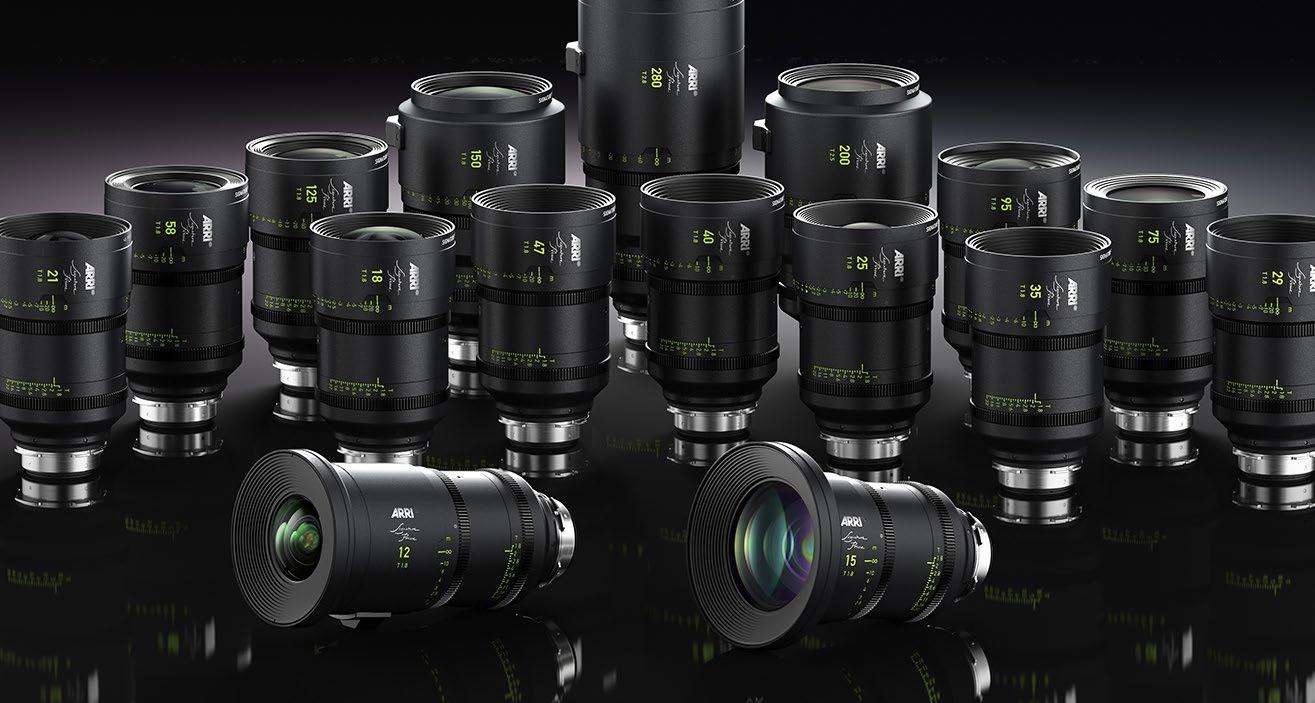
Although HDR is a function of the processor inside the camera, the lens definitely plays a part, according to John Stoner, senior product specialist for Canon. “The light that passes through to the processer first passes through the lens, so if that light’s not clean, you’re never going to get a good HDR image,” he said Art Adams, cinema lens specialist at ARRI,
said that HDR makes everything in a lens more pronounced. “That includes chromatic aberration, flare, softness at the edges, a lot of things that can be really distracting and can also impact the HDR image significantly.”
SECRET SAUCE
One critical component of a lens is the glass optics within it. As light passes through each glass element, it creates reflections, which appear more pronounced in HDR. One way lensmakers deal with these reflections is with antireflective coatings.
“One of the biggest deciding factors is the antireflective coating that’s on the lenses,” said Snehal Patel, Head of Cinema Sales, Americas, Carl Zeiss SBE. “The higher quality antireflective coating, the higher performing antireflective coating you have on your lenses, the more exposure range you’re going to see in the lens, even when it’s wide open.”
FUJIFILM’s Durbacz noted: “Coatings are
huge—they’re the secret sauce of any lens. They minimize the reflection of light. Every time light passes through a piece of glass, it comes in and then goes out, and there’s light that if reflected. So what we want to do is minimize that. These modern lenses can be 15-25-30 individual pieces of glass, all moving in unison.”
He also pointed out that in addition to reflections from the glass elements in a lens, there are other components that can create reflections. “The way the internal barrels are constructed, there’s baffling built in. It’s very small machining of those internal surfaces that will deaden any stray light that hits them.”

Another thing that’s improved is the black matte paint that’s used inside of the lens, according to ZEISS’ Patel. “Wherever you have glass elements inside the lens, you usually coat the edges with a matte black finish,” he said. “And any metal inside the lens that might be visible in the interior optics, you also coat that with matte black finish.“
“We have a design we call ‘flocking,’” said Canon’s Stoner, “which are mechanical ridges inside the barrel to eliminate that reflection of light before it gets to the camera sensor.”
Another lens error that becomes more pronounced when shooting in HDR is center to edge roll-off. FUJIFILM’s Durbacz pointed out: “Using the coatings and the grinding and polishing of the glass, we want to make
16 optical advances
October 2022 | www.tvtech.com | twitter.com/tvtechnology
ARRI Signature line of prime lenses
Credit: ARRI
sure that from the center of the lens—from the sweet spot out to the corners—that we’re providing flat illumination; we don’t have perceptible roll-off to the camera, from the center to the corner.”
ARRI makes both cameras and lenses for HDR. “Because we now have a camera that captures more dynamic range than anything else out there, the Alexa 35, we needed a set of lenses that would work with it,” said ARRI’s Adams. “We went back and redesigned our PL mount for this new camera. We realized that the previous design still had enough stray light issues that in HDR, with the new camera, you could start compromising your blacks, you could see them turn gray.”
To address HDR in broadcast production, Canon and Sony collaborated on ALAC (Automatic Chromatic Aberration Correction), a function that allows automatic feedback between the lens and the camera, according to Stoner. “The lens tells the camera ‘I’m at this focal length and this iris position,’ and then the camera compensates for chromatic aberration, and removes them from the image before they get to the physical side.”
DIFFICULT COMPROMISE
Lensmakers pointed out that the degree of difficulty goes up when it comes to perfecting a zoom lens for HDR production.
“A zoom lens has a lot more glass in it,” said FUJIFILM’s Durbacz. “We’ve got moving groups, and we’ve got to maintain focus at all these different focal lengths. If you’re focused out to 25 feet, and you zoom the lens, there’s a lot going on. And there are additional groups of glass within the lens that the light has to transmit through.”
ARRI’s Adams pointed to compromises that need to be taken. “Our zooms are more corrected for chromatic aberration, and we allow a little bit of distortion,” he said. “It’s a balancing act, they interact with each other. In a prime lens you can correct for both chromatic aberration and distortion because you’re only concentrating on one focal length. In a zoom, where you have a large range of focal lengths, you really have to go after one or the other or the lens gets very big and very, very expensive.
“So we opt to go toward correcting for chromatic aberration, because we think a little bit of distortion isn’t going to be as noticeable in HDR as chromatic aberration is. So our zoom lenses are very corrected for chromatic aberration, but there will be a little bit of distortion.”
While lensmakers go to great effort and expense to remove lens errors that have become noticeable in HDR, they’re aware
that many cinematographers want the lenses to provide some character in addition to scientific perfection.
“What we’ve tried to do is to come up with a family of lenses, our Signature lenses, that work with HDR,” said Adams. “We try to maintain the most dynamic range possible, while eliminating the disturbing things that HDR doesn’t like, like chromatic aberration, and still make lenses that have character.”
ZEISS offers two different HDR- ready lens families: Supreme Prime and Supreme Prime Radiant. “The Supreme Primes are a cleaner set of lenses,” said Patel. “They have a wonderful cinematic look to them, they’re basically the successor to our Master Primes. They have both the 35 and full-frame coverage. And there’s a range of 14 focal lengths, from 15mm to 200mm. And then the Supreme Prime Radiant is a modified version of the Supreme Primes that add blue flare characteristics by manipulating anti-flare reflective coatings.”
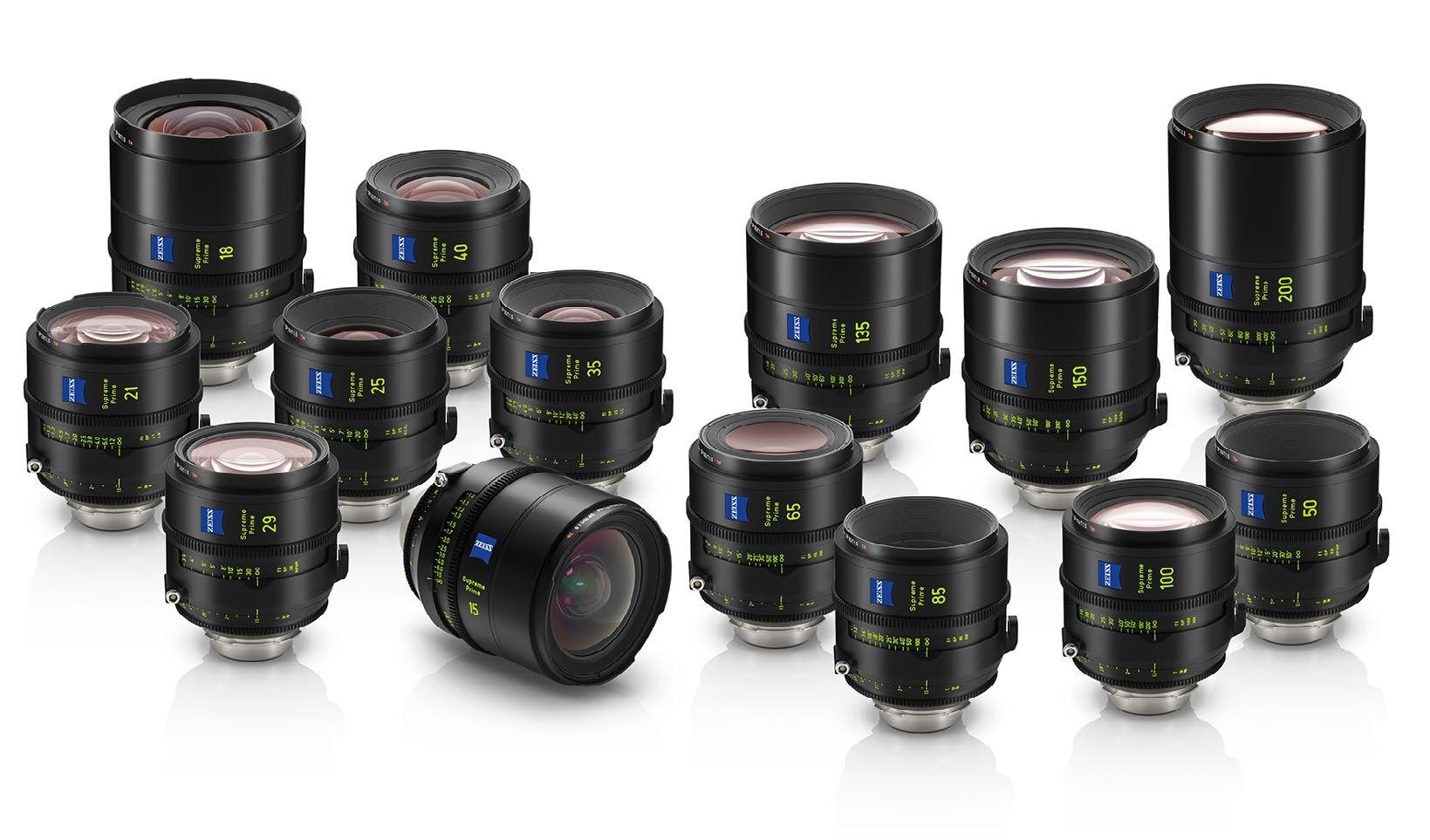
“Now if we’re looking at real old lenses,” said Durbacz, “they still mount on these modern cameras, which is fantastic. But sometimes you start to see corner shading, or illumination roll-off to the corner. Those lenses were designed at a time when cameras
didn’t see that kind of latitude, so you didn’t have to worry about a roll-off from the center out to the corner.”
Patel pointed out that “some of the things that they loved about the lenses, like maybe the flare, or the look of it, there are some qualities that maybe they didn’t notice before in some lenses that they notice now in HDR. That would be the only danger, that there might be something that they didn’t expect. They’re using a lens where they got a certain look before, but looking at it in HDR, they go ‘wow, the flares in there are very prominent, you can really see that.’
“Of course you can go back to color correction and maybe level out the blue tones and what not, to reduce the contrast level,” he added. “But it might just be baked into the image, and you won’t be able to change it as much as you want. That’s why I always say to test. You might like what you get; you might not. You certainly can get a more scientifically accurate image now, but it may not be the correct image for the production.”
Lensmakers also recommend monitoring in HDR during production itself, even if the first release will not be in HDR.
Adams warned: “Movies and TV shows especially, are going to have a long lifespan now, with streaming libraries, and I don’t think people are aware of what’s going to happen when those products are remastered for different levels of HDR, or just when they’re graded in HDR while the DP has been watching Rec 709 on the set. I think [HDR monitoring] is going to become desirable as people see the artifacts that creep in that they aren’t able to see.
“It’s not exactly like shooting film, where you didn’t see what it was going to look like until the dailies were out, but there are probably 30-40% of the image that you’re not seeing when you shoot in Rec 709, and then graded in HDR.” l
17 optical advances twitter.com/tvtechnology | www.tvtech.com | October 2022
ZEISS offers two different HDR-ready lens families: Supreme Prime and Supreme Prime Radiant.
“The light that passes through to the processer first passes through the lens, so if that light’s not clean, you’re never going to get a good HDR image.”
JOSH STONER, CANON USA
Credit: Zeiss
Meet David Grindle, SMPTE’s New Executive Director
New leader discusses association’s priorities, upcoming Summit
By Tom Butts
WHITE PLAINS, N.Y.—David Grindle has only been on the job as the new executive director of SMPTE for several months now but he’s ea ger to connect with his colleagues at the asso ciation’s Media Technology Summit later this month. One of his first public duties, though, was attending the IBC Show, an event of which SMPTE has been a long time sponsor.
“It was fabulous,” he said. “There was so much pent up energy of not being able to see each other after three years—I think we’re all really tired of the whole ‘Brady Bunch’ way of doing business, we want to be working face to face. But what was also really cool about IBC is you saw three years of innovation and incubation that people were bringing out and it was really exciting.”
Grindle, who succeeds Barbara Lange as executive director, comes to SMPTE with a rich background in the performing arts, having led the U.S. Institute for Theatre Technology for more than a decade. With both organizations consisting mostly of technicians involved in the visual arts, he knows how important SMPTE is to the media and entertainment technology community.
“It’s refreshing to see the passion of the staff for the work that our people do,” he said. “We’ve got our hardcore standards people, hardcore student chapter people, and people who are ready to see where SMPTE’s going next. And all of them have this fabulous passion. I wouldn’t say I wasn’t expecting it, but it’s really nice because it’s an energy to ride on. You know you don’t have to come in and be the cheerleader; you get to be the person who can help harness an energy rather than create it.”
A STANDARD APPROACH
As executive director of the main standards organization for film and TV technology, Grindle is well aware of the importance of standards in an industry with an international focus. “Less than a year after SMPTE was founded, the first standards were produced,” he said. “And those are
becoming more important in a world that’s becoming more software based, because as we’ve seen with digital cinema, the industry transcends borders.
“So how do we support the work that’s going on in SMPTE and partner with so many other organizations in the media space, to really keep things moving forward? Ultimately, what has made the explosion happen in our industries is the interoperability and that comes from people trusting SMPTE.”
In an environment where tech conglomerates can deploy a protocol that can become standardized in a short period of time simply because they can, Grindle says that—although SMPTE standards process is slower in comparison—that doesn’t make it any less vital.
“We need to better educate people on what the standards process is—it’s governed by the ISO and by ANSI—because we want them to be standards that are accepted worldwide,” he
said. “And those take a little more time. But part of taking time means being open about the process and letting people know what’s going on.”
Recruiting a young(er) and more diverse workforce in the M&E tech industry is also top of mind for Grindle. “We have work to do as a society and as an industry—there are perceptions that need to be changed, but there are also overtures that need to be made. We need to do our part to be a more welcoming space. And it’s not necessarily about diversity, it’s about inclusion. Inclusion means that your ideas are actually listened to. And your point of view matters.”
GETTING BACK TOGETHER IN 2022
SMPTE’s Annual Technical Conference is now the SMPTE Media Technology Summit and will be the society’s first in-person annual meeting in three years. With about 50 exhibitors and an education agenda

18 October 2022 | www.tvtech.com | twitter.com/tvtechnology smpte preview
This year’s SMPTE Media Technology Summit, held at Loews Hollywood Hotel, will mark the first time the organization has held its annual conference in person since 2019.
focused on virtual production, 5G and IP and the opportunity to honor industry luminaries including Director Ang Lee and TV engineering pioneer Charles Jablonski, among others, Grindle’s excited about meeting his new colleagues, updating them on SMPTE’s On-Set Virtual Production Initiative (RISOSVP), and joining them on a field trip to several Hollywood studios.

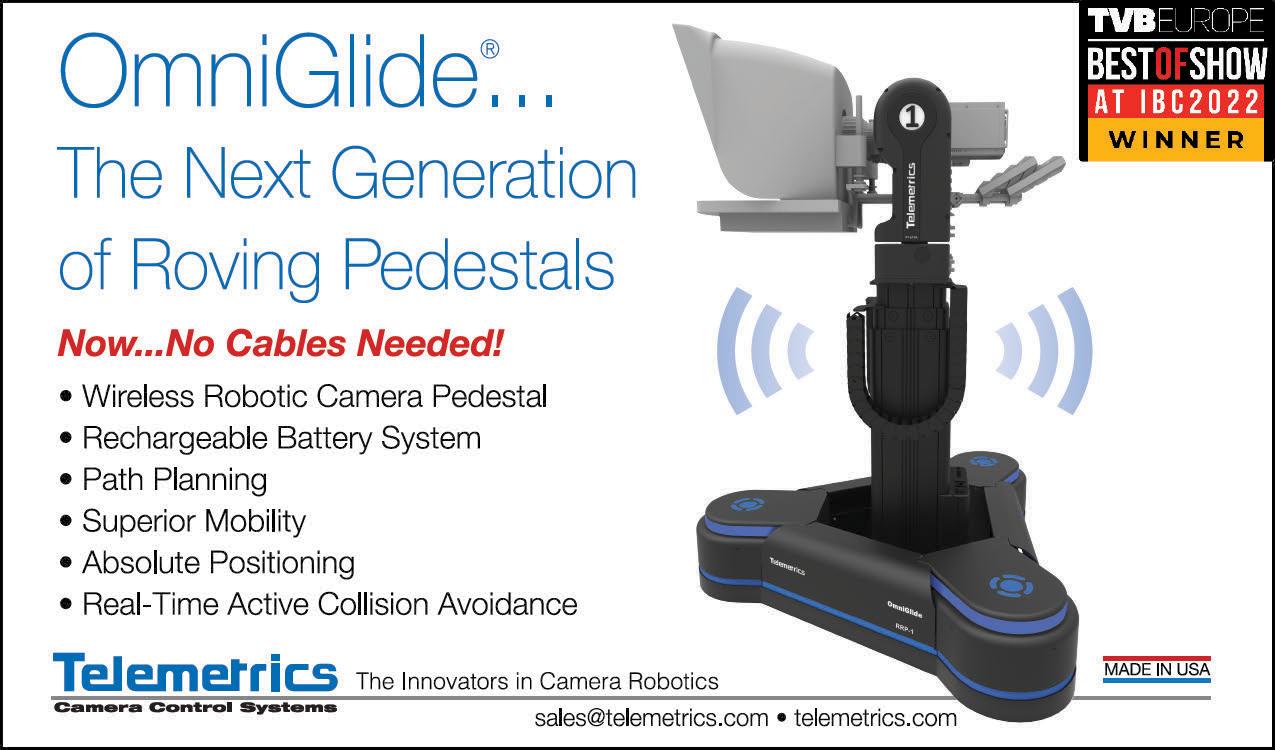
“What’s better than a field trip?” he asked. “One of the really exciting things at this year’s Media Technology Summit is that you can expand your knowledge with a full-day Virtual Production educational track. It gives our members a more immediate and meaningful way to engage with the technology they learn about during the event.”
Putting the theory presented in educational session into practices, the educational track will feature three focus areas: “The Virtual Art Department in Action,” “Volume Control Tools on the LED Stage,” and “Cinematography and new Creative Capture Workflows.”
Attendees will get the unusual opportunity to see virtual production technology come alive as they shadow production designers,
virtual production technicians, and DPs. Working with real content and tools of the trade, these professionals will show how to perform critical tasks such as melding virtual and practical art elements, calibrating an LED wall, testing lenses and cameras, managing the volume renders, and exploring effective
camera blocking.
Keynoting the Summit is Ana Herruzo, an architect, interactive designer, and educator working at the leading edge of emerging and computational media. Herruzo’s presentation, “Enhancing Creative Disciplines Through Emerging Computational Media Tools,” will focus on multiple immersive experiences and interactive environments and their ideation and production pipelines, which rely on emerging computational media tools including real-time graphics, computer vision, machine learning algorithms, and new XR tools.
“The timing, format and content of the Summit will give creatives and technologists a fantastic opportunity to dig into the many amazing advances the industry has made over the past several years and to engage with the technologies transforming the way we tell stories today,” concluded Grindle. “I can’t wait!” l
The SMPTE Media Technology Summit takes place Oct. 24-27 at the Loews Hollywood Hotel in Hollywood, Calif. To register, visit www.smpte.org/summit2022
smpte preview
David Grindle, Executive Director, SMPTE
lighting technology
Finagling the Inverse-Square Law
Understanding how point-source light spreads out over an area doesn’t have to be difficult
Anyone who’s delved into lighting knows that it’s a complex blend of art, craft and science. Within that pillar of science is the formula, which helps us predict how lights spread over distance— The Inverse-Square Law.
Fortunately, you don’t need to be a physicist to understand this little bit of energy propagation science. This subject is usually presented as a formula to solve, but my goal is to cover it in a way that even math-phobic people, like myself, can understand. Here’s the sum of it.
EXPERTISE
BRUCE ALEKSANDER

The Inverse-Square Law describes how point-source light spreads out over an area. In tensity is inversely proportional to the square of the distance between light source and the measuring point. Got that? If not, relax.
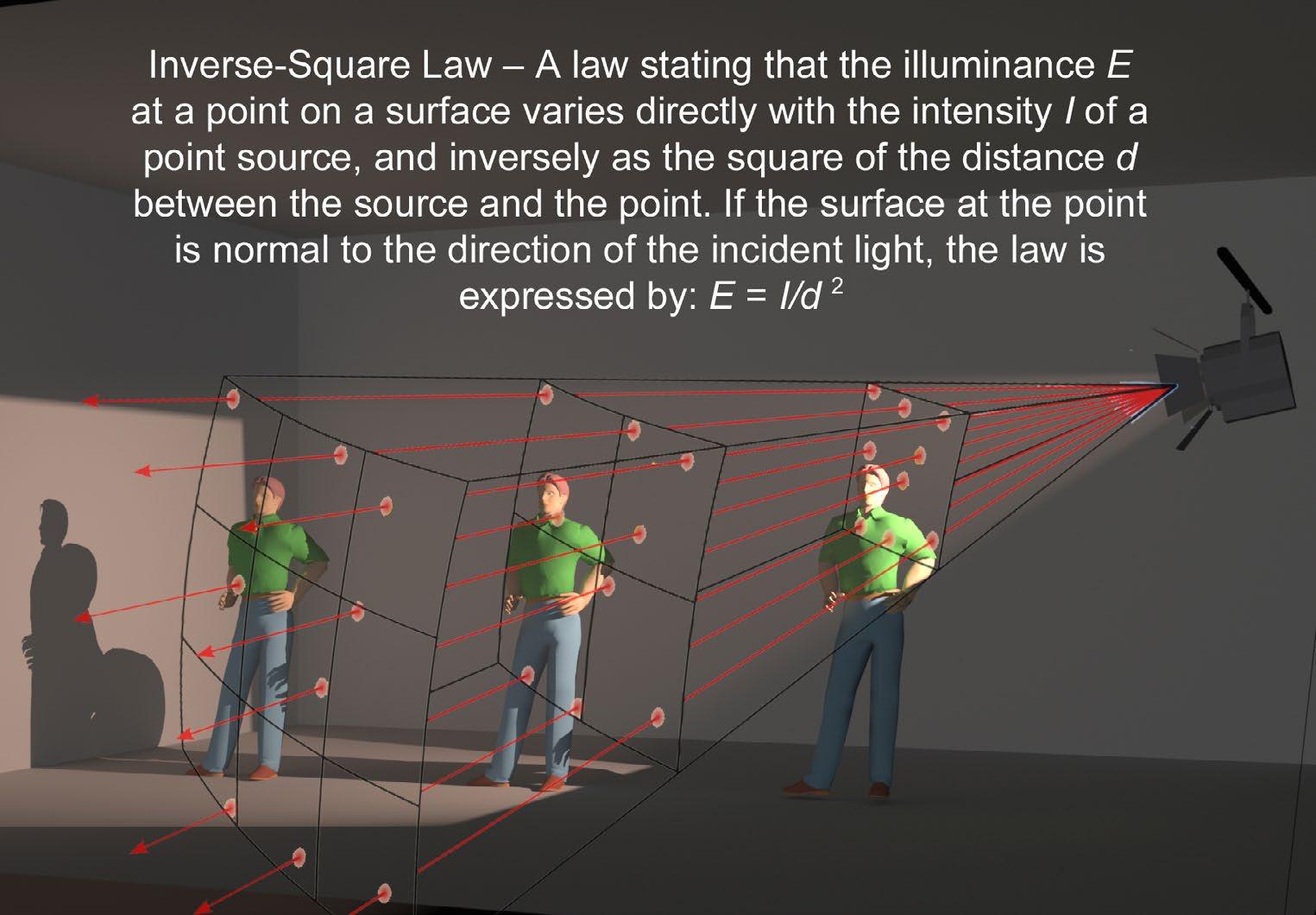
I’m going to be a bit heretical here and save you the pain of memorizing a math formula that you’ll probably never calculate. Those who run this computation are more likely to be engineers involved with the I.E.S. (Illumi nating Engineering Society) than I.A.T.S.E. (International Alliance of Theatrical Stage Employees). For the rest of us lighting folk, I offer you a rule of thumb that I hope you’ll find more accessible:
• Reducing the distance to a light by onefourth doubles the brightness.
• Increasing the distance from a light by one-fourth halves the brightness.
The closer the light is to your subject, the more drastic the change of intensity for any variation in distance. This is particularly relevant today, as many LED fixtures are frequently used relatively close.
Another reason not to worry much about the precise calculation of Inverse-Square is because it’s based on a “point source.” That requires the distance from the lamp to mea suring point to be at least five times the width of the light emitting aperture. Given the larger aperture size of many LED fixtures today (such as panels and tubes), a lot of fixtures don’t fit
the “point source” description at the distance they’re used.
Precise point-source calcu lations simply aren’t useful in predicting the light drop-off of large aperture sources. Inten sity still changes over distance, but not in the manner that the Inverse-Square Law promises. If we’re interested in the practical application of light, we must ac cept that reality beats theory every time. Fortunately, there are light ing techniques designed to smooth the intensity that don’t require advanced math skills.
Let’s look at an example where a pointsource light is relatively close to the sub ject. In this case, our subject is 6 feet from the light, and the intensity measures 100 foot-candles. Moving the subject just 18 inches towards the light (which is ¼ the total distance) doubles the brightness to 200 fc.
This drastic change works in both direc tions. Moving the subject away from the light
by the same 18 inches will halve the intensity to 50 fc. Those changes are huge from the standpoint of camera exposure. One short step in either direction would result in being over-exposed, or underexposed, by a full f stop. Fortunately, there are practical tech niques to minimize this impact.
MAKING ARTIFICIAL LIGHT
MORE NATURAL
Our goal in covering this isn’t just about sidestepping the Inverse-Square Law. Mini mizing the impact of abrupt-intensity-change benefits more than just minimizing exposure swings. Lighting that’s consistent across a broad area appears more natural.
As in most things, nature is the best teach er. Our most fundamental light source is the sun. At its relatively infinite distance from the Earth, its rays are parallel. Collimated rays aren’t impacted in a meaningful way by The Inverse-Square Law. The sun is a prime example of how great distances between the light source and the subject minimize inten sity changes. By the time sunlight enters our neighborhood, the intensity will be the same all along its path.
Light in the real world tends to vary bright ness more subtly than our added production lighting. Practical lamps cast their light in accord with our expectations of the real world. If you want your reel world to look like the real world, your lighting would do well to follow nature.
The way you create your lighting should be invisible to the audience. In support of that
20 October 2022 | www.tvtech.com | twitter.com/tvtechnology
Inverse-Square Law
Credit: Bruce Aleksander
lighting technology



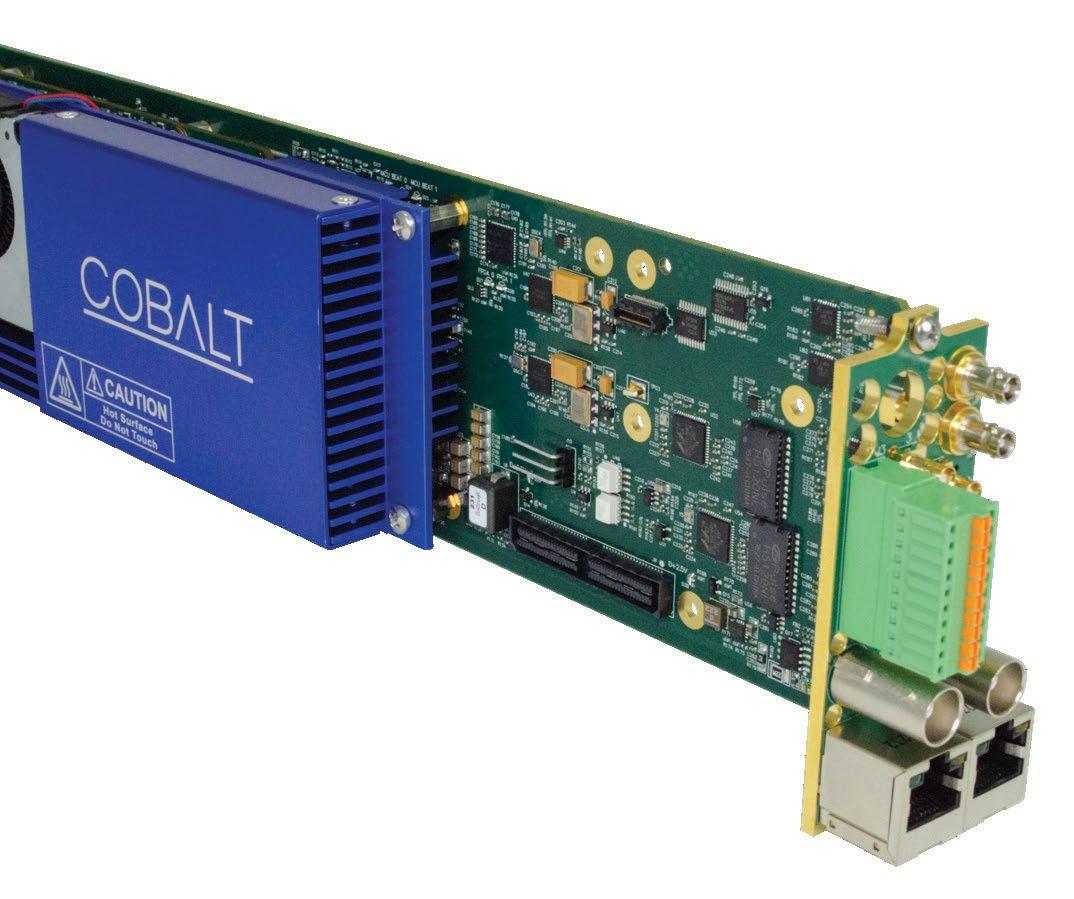
goal, masking the impact of the Inverse-Square Law is akin to smoothing the brush strokes of a painting. If your aim is realism, let your au dience be free to concentrate on what you’ve painted, rather than how you’ve painted it.





METHODS TO FINAGLE THE INVERSE-SQUARE LAW
Distance: The primary technique to miti gate abrupt intensity change is to work the lights from farther away. This approach re quires more output from your lights to deliver the desired intensity from a greater distance. Higher-output fixtures, with excellent color fidelity, are always a good choice. It’s better to dim down a powerful light fixture than have to move an under-powered one closer. Avoid close-in fixtures whenever possible.
Modifiers: Another means to finagle the Inverse-Square Law is to change the intensity by intervening along the path of the light. Light is malleable. Shaping and shading light can be done with a variety of modifiers. Scrims, flags, nets, reflectors and diffusers can be inserted into the light path to manipulate both the quantity and quality of the light.
One common technique to “cheat” the Inverse-Square Law with a Fresnel is to place a half-double scrim in the accessory slot. The scrim can be positioned to hold back which ever part of the beam would otherwise be too bright for the nearby subject. This is especial ly useful in smoothing the intensity whenever talent moves toward a light.
Nets, diffusion filters and flags are some of the different modifiers that can be placed in the beam to selectively reduce parts of the total area. Whether clipped to the barn doors or held more precisely by C-Stands and gobo arms along the path, these modifiers can attenuate selected portions of the beam to smooth intensity.

On some beam fixtures, you can use the less-intense outer edge of the light (the “field angle,” as opposed to the central “beam angle”) to smooth and blend the light levels. Like wise, soft-lights and LED panels with “control screens” or “egg-crate” louvers may be panned or tilted slightly off the main focus to provide a less-intense light from the edges of the light.
One novel approach to minimize the impact of the Inverse-Square Law uses mirrors and assorted reflectors to increase the total throw length of the beam’s path. This effectively folds the light to increase the light-to-subject distance. This unconvention al technique has been well-demonstrated by Cinematographers Dedo Weigert and Chris tian Berger to excellent effect.
Even though physics dictates the behavior of light, we have the tools and techniques to sidestep those limits to better serve our pur pose. Inverse-Square turns out to be more of a suggestion than an unbreakable law. l
Bruce Aleksander invites comments from those interested in lighting. You can reach him at TVLightingguy@ hotmail.com
The closer the light is to your subject, the more drastic the change of intensity for any variation in distance.
Here We Go Again —Higher USB-C Speed With Confusion Everywhere
This problem is like play ing a broken record. The USB Promoter Group improves the USB-C computer standard, but at the same time adds more unresolved confusion to the lack of cable labeling. You’d think by now they could get it right!
I know…you’ve heard this all before. But it is astounding that the USB governing body can’t seem to solve this problem. It is not a complex engineering issue, but a simple communications issue.
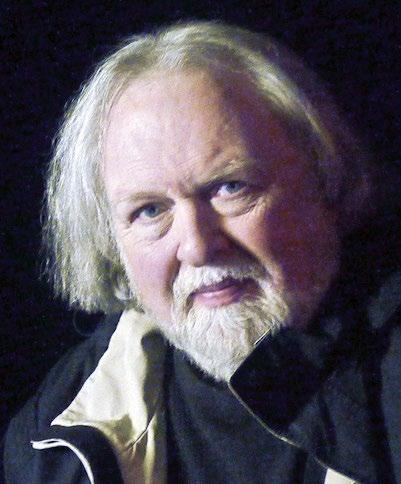
Of course, USB has come a long way since its humble beginning in the 1990s. Every one agrees on that. Data transfer rates have increased dramatically, allowing users to run dozens of peripherals. The small reversible USB-C connector was a good choice. For the most part, USB-C has been a good standard.
WHICH IS WHICH?
The problem is not the USB-C technology or the physical connector—it’s the idea that the standard is universal. As any computer user now knows, USB-C is not plug and play. It is hard to tell which cable is which and the cables are not iden tified. After all this time, the problem is still not being solved and about to get worse with the introduction of USB4, Version 2.

The USB4 v2.0 specification enables up to 80 Gbps of data performance over the USB-C cable and connector and is designed to unify the USB and Intel Thun derbolt standards. Updates are also being made for higher available bandwidth for USB 3.2, DisplayPort and PCI Express (PCIe) data. All of the new specification updates are expected to be published in advance of a
developer conference planned for November.
“Once again following USB tradition, this updated USB4 specification doubles data performance to deliver higher levels of functionality to the USB Type-C ecosys tem,” said Brad Saunders, USB Promoter Group chairman. “Solutions seeing the most benefit from this speed enhancement in clude higher-performance displays, storage and USB-based hubs and docks.”
Here’s the gotcha. To get the promised 80 Gbps speed, users again need an active cable. There are no markings for the human eye to determine if a USB-C cable is capable of USB 2.0, USB 3.0, USB 3.1, USB 3.2, USB4 or USB4 v2.0 speeds. This lack of labeling ranges from 480 Mbps to 80 Gbps. When we look at the rat’s nest of cables many of us have stuffed away in a drawer over the years, how will we know what cable does what?
Throw into this confusing mix the rel atively new 240W charging maximum for
22 October 2022 | www.tvtech.com | twitter.com/tvtechnology media tech Credit: Getty Images
Frank Beacham
EXPERTISE
The problem is the lack of cable labeling
USB-C. It still needs a cable explicitly rated for the specific application. Forget being able to figure out what speed or how much power a cable can carry by simply eyeball ing it. Most cables won’t be labeled.
When speed, Thunderbolt vs. USB, active vs. passive and charging capability are con sidered, there are about 60 different com binations of USB-C cable. This is ridiculous and overwhelming!
VOLUNTARY MANDATE?
The idea that end users have no idea what a USB cable is capable of is absurd—it’s not that the UBS standards group hasn’t tried to correct the problem. The USB Implementers Forum (USB-IF) attempted to force labeling on cables and accessories. In 2021, it created a system of logos in its “Certified USB Logo Program.” The group wanted to “voluntarily” mandate labels on USB-C cabling.
Of course, no one is enforcing anything. In the real world, there are virtually no labels. All we see are periodic Thunderbolt icons, which still don’t say whether a cable is active or passive. And there is nothing about charging power. Again, it is the “Wild
West” as to guessing what a cable is capable of handling.
The technical standards of USB-C are not the problem. It is truly amazing that with all this technical genius, no one has come up with a standardized and enforce able way of communicating what a cable is capable of.

As for now, the problem will continue. Users will still have to guess what a cable can do. It will be hit and miss. How many of us have used the wrong cable for an application and been stumped when it won’t work? I know I have. The problem is mind-bendingly annoying.
Some users have purchased a cable tester and their own labels to determine what a USB-C cable does and then manually label it. Without this, a cluster of old cables be comes a minefield of problems.
Sadly, USB4 v2 is going to make things worse. It looks like we are going to have to live with this problem for years to come. It is all so unnecessary. l
Frank Beacham is a New York City-based writer and media producer.

media tech
When we look at the rat’s nest of cables many of us have stuffed away in a drawer over the years, how will we know what cable does what?
audio
Designer Sound —It’s in the Mix
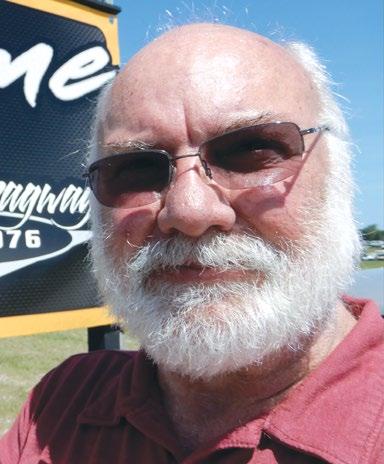
Immersive sound for broad casting is all about spatial orientation, sonic separation and hoping that the listener can reproduce some dimensional sound through speakers or head phones. Clearly the sound mixer can’t control the sound ecosystem or how the consumer listens to content, but it seems that im mersive sound reproduction is a moving target and certainly creat ing a compelling sound mix that may well be heard over speakers, soundbars and headphones is no easy task.
HORIZONTAL LAYERS
The problems often begin with overly conservative sound design, but as sound practitioners we must start somewhere and build forward. Typically, sound design looks at audio as horizontal layers—for example, immersive sound proposes an ear-level horizontal layer of sound and a stratus of sound above the head of the listener. NHK,
the national broadcaster in Japan, has even recommended that there should be sound projected from below ear level.
When immersive sound was initially contemplated and tested it was reasoned that these above sounds should be captured and placed into the upper sound zones and reproduced by the height speakers. Even basic sound design principles would sug gest that the sound mix should be what you would hear as if you were there. Horizontal layers of sound are fine for basic immersive sound produc tion and academic consideration, but if the “real” sounds above the spectator’s head are
diffused atmosphere and excessive PA noise, then not much of these sounds are particu larly constructive to an interesting immersive soundfield/mix.
Further I would argue that too much atmosphere in front of the listener is boring, fatiguing and impacts speech intelligibility and is one reason why the immersive sound mixer should consider alternative mixing designs. For example, most soundbars project the sound from in front of the listener and I believe that this should be a major consid eration for the sound designer/mixer. Since most immersive soundbars project frontward, upward and sideways then the question is—are up-firing soundbars projecting more atmosphere in front of the listener, thus diluting the mix? This could be the case if the front left and right height channel are used primarily for ambiance and atmosphere.
BASKETBALL, FOR EXAMPLE
Consider that if the front height channels are projecting sounds from the front and upwards, then it makes sense to use the front height channels to reinforce the screen action, dialogue and ancillary audio. Front Sound field Reinforcement (FSR) is a concept that I have promoted since a presentation I made at Germany’s Tonmeister conference in 2016. FSR basically supports using the complete front ver
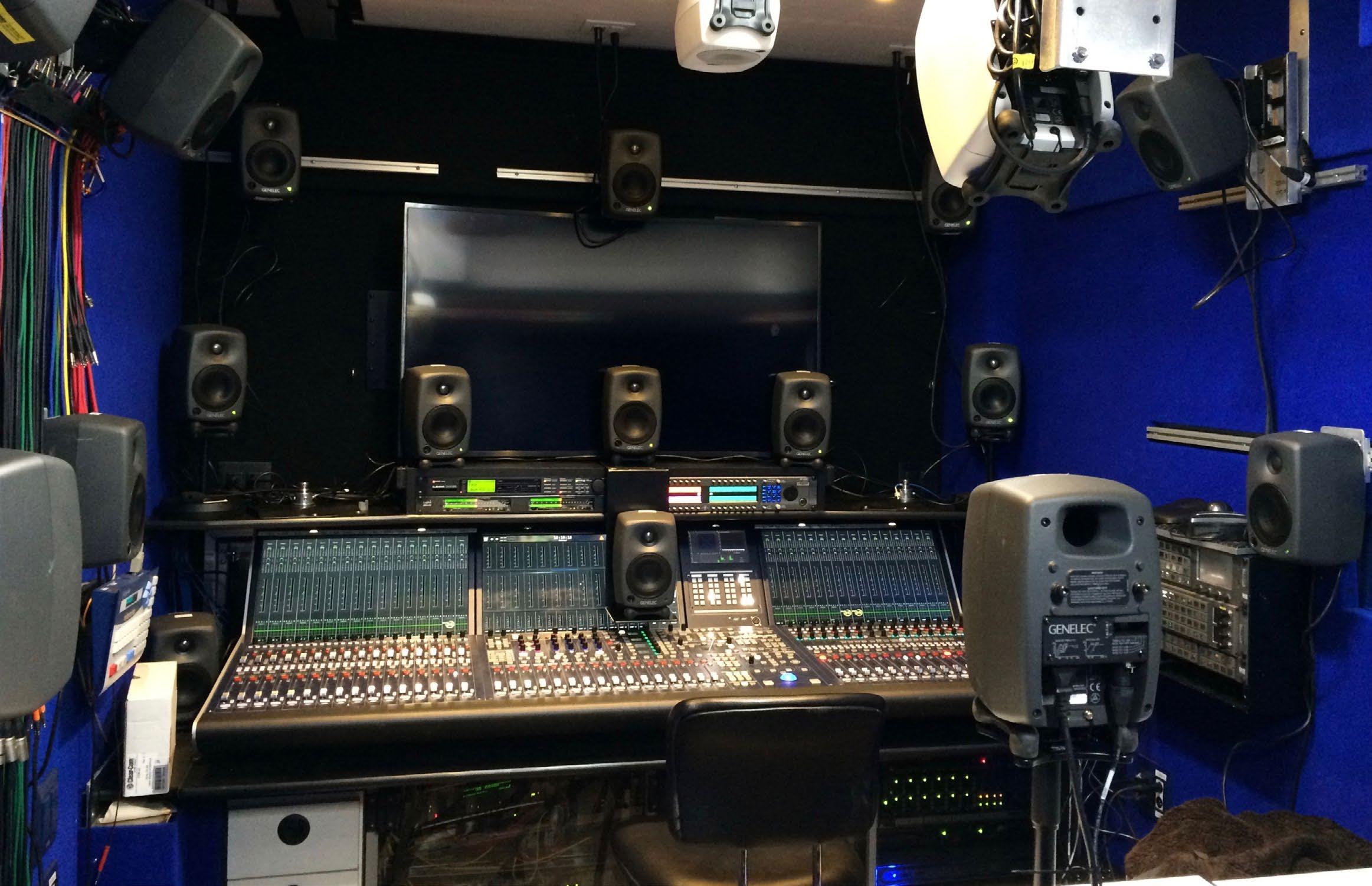
24 October 2022 | www.tvtech.com | twitter.com/tvtechnology inside
The complexities of bringing immersive audio to the home viewer
22.2 audio control room in OB van
Dennis Baxter
EXPERTISE
What 3D sound does need is more adventurous sound designs and a good understanding of encoding and how decoding/rendering affects the sound design.
tical soundfield—left and right channels along with the left and right height channels to mix a front “soundframe” around the visual presen tation. For example, basketball has a clear top frame with the net and hoop and bottom frame with the floor. By placing some sounds in the vertical perspective this design helps to elevate a 2D image into a 3D soundspace.
Testing of basic immersive sound pro duction began in 2014 with NHK in Japan and later in 2016 with NBC testing various microphone schemes at the Olympics and American football. In 2016, Seoul Broadcast ing System adopted ATSC 3.0 and used the MPEG-H encoder to transmit the 2018 World Cup into the homes of Korea.
The 2018 World Cup was probably the first major sporting event that made available an immersive sound mix with the addition of an overhead atmosphere layer constructed from Schoeps microphones. Felix Krückels was the sound designer and worked with Helmut Wittek on an immersive array, the ORTF 3D, which was described as a “double-layered ORTF using eight microphone capsules.”
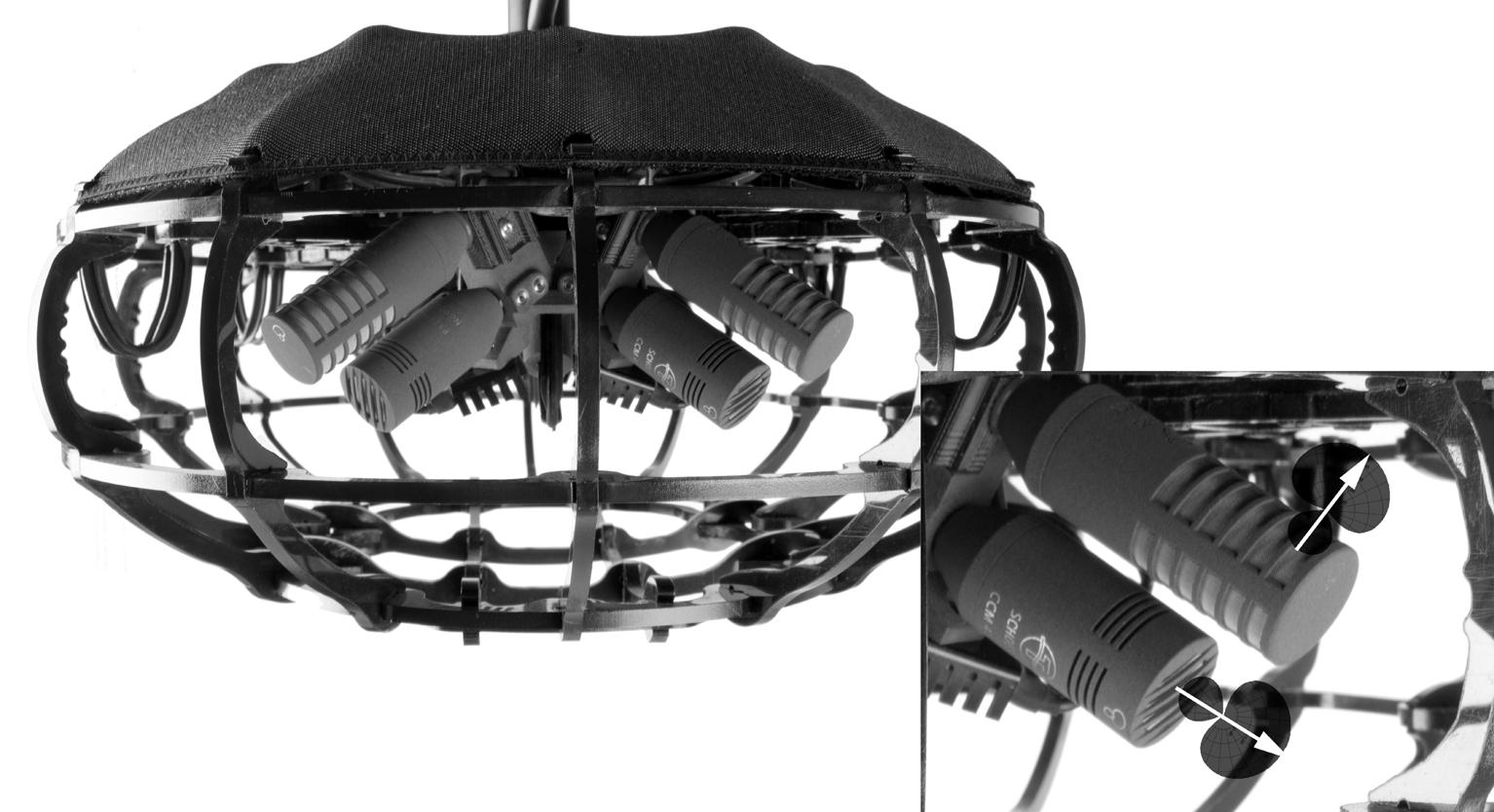
Capturing immersive sound with ambisonic or 3D array-type microphones creates a stable dimensional foundation, but is not necessary to create an immersive experience, particu larly with sports sound.
For example, according to NBC Sports’ Karl Malone, director, sound design, NBC has cre ated immersive sound at Notre Dame football games for several seasons and uses a variety of mono and stereo microphones to create immersive sound. Simple immersive sound production does not require 3D microphones or 3D mixing busses, however virtually all mixing consoles used by the broadcaster— Lawo, Calrec and SSL—have 3D panners,
which easily allow for spotting/placing the sound elements around the intended listener.
What 3D sound does need is more adven turous sound designs and a good understand ing of encoding and how decoding/rendering affects the sound design. In my basketball example I suggest a pair of lavaliere micro phones to capture the backboard and net swish and to route these sounds as audio el ements/objects to be rendered into the front left and right height channels.
An experienced sound practitioner might ask, “What happens to these above sounds in a stereo or surround mix?” Interopera bility between formats has been a problem, but digital sound, metadata and rendering solved some of the conversion issues between formats. Dolby Atmos, Auro 3D, DTS:X and Fraunhofer MPEG-H are examples of encod ers for distribution of immersive sound; and
when the audio reproduction device detects a particular codex it will renderer the proper balance and spatialization appropriate for the reproduction device and the number of transducers. For example, with a Dolby Atmos enabled up-firing soundbar it should project the net sounds above the listener.
The wide range of reproduction devices does not guarantee similar sound experience, but I would argue that just about anything is better than rear-mounted television speakers.
Hope is not a strategy; successful immer sive sound is in the mix. l
Dennis Baxter Dennis Baxter has contributed to hundreds of live events including sound design for nine Olympic Games. He has earned multiple Emmy Awards and is the author of “A Practical Guide to Television Sound Engineering and Immersive Sound Production” on Focal Press. He can be reached at dbaxter@dennisbaxtersound.com or at www. dennisbaxtersound.com.
25 inside audio
ORTF 3D microphone array
TV Tech is proud to announce the winners of its Best of Show Awards for the 2022 IBC Show. The awards are judged by a panel of industry experts on the criteria of innovation, feature set, cost efficiency and performance in serving the industry.
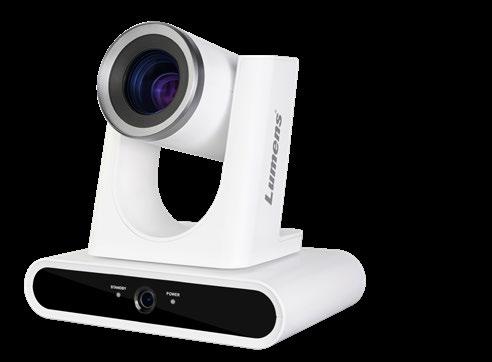
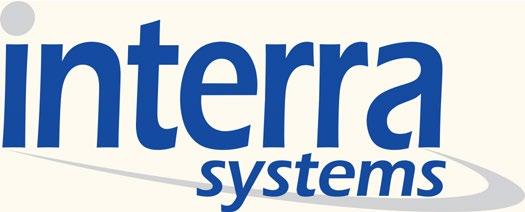

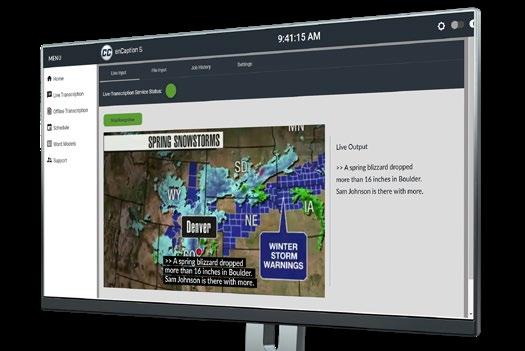

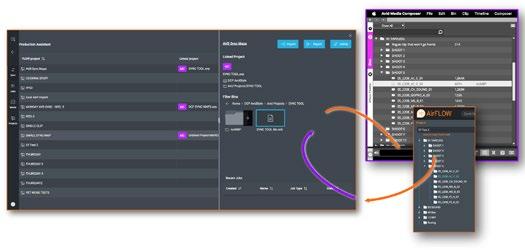

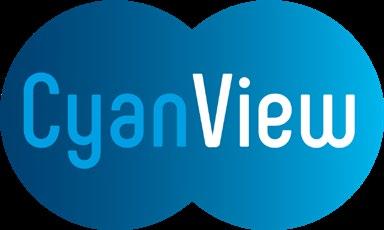

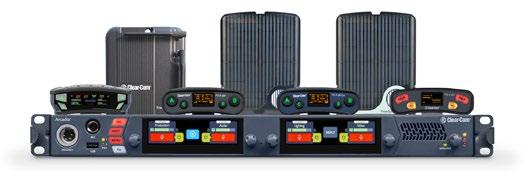


“The technological advancement and creativity shown by this year’s award winners is indicative of the innovation that was on display at this year’s event, the first in-person IBC Show in three years,” said Tom Butts, content director for TV Tech. “We are proud to recognize these companies for their excellence.”

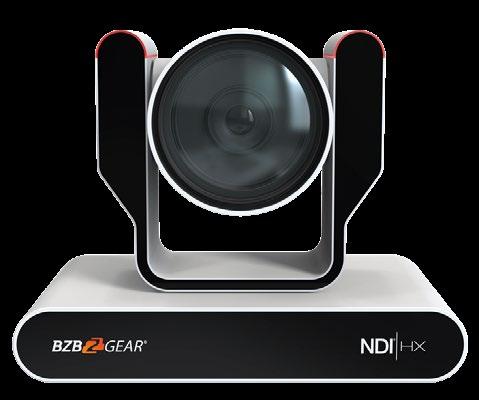

best of show
26 October 2022 | www.tvtech.com | twitter.com/tvtechnology Audinate Dante AV-H Broadpeak broadpeak.io BZBGEAR BG-ADAMO-4KND Clear-Com HelixNet Integration with Arcadia Central Station Cobalt Digital 9905-MPx +MPxDANTE-64x64 Cyanview Rio Live Dejero Dejero EnGo 3x EditShare Universal Projects Eluvio Transformative Video NFTs and Marketplace ENCO Systems enCaption5 Evertz XPS Live Video Encoder Series & Reflektor On-Premise & Cloud Signal Processor Hammerspace Hammerspace Interra Systems VEGA Vista Lumens Digital Optics VC-TR40 Auto-Tracking Camera
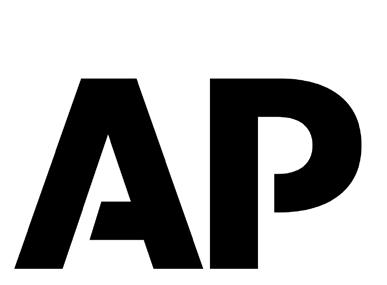

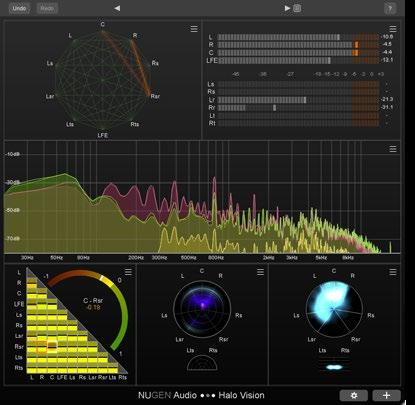


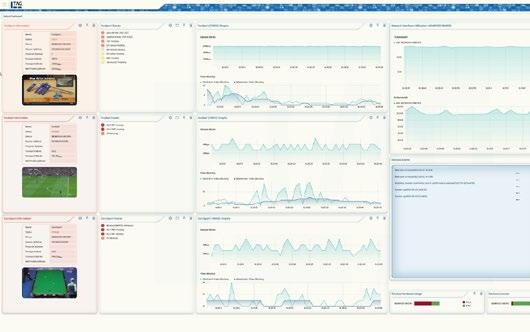


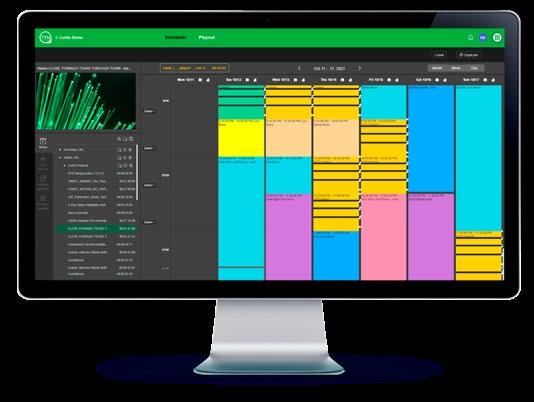
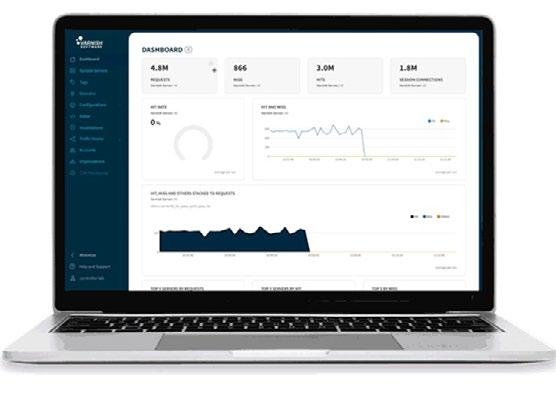



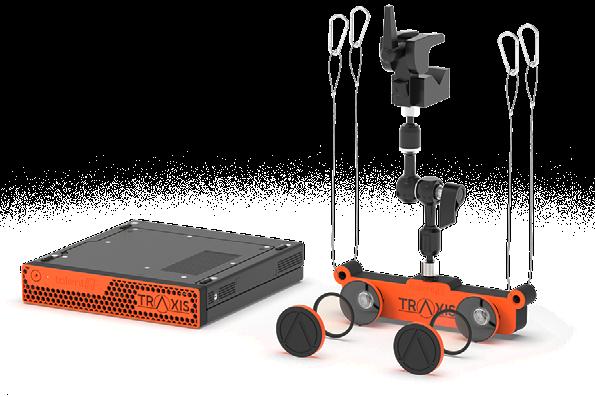
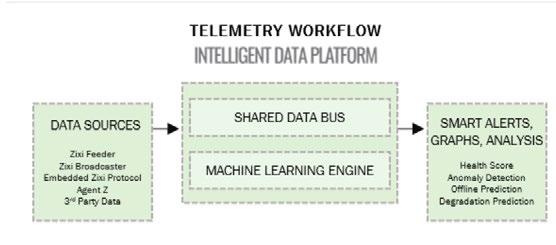
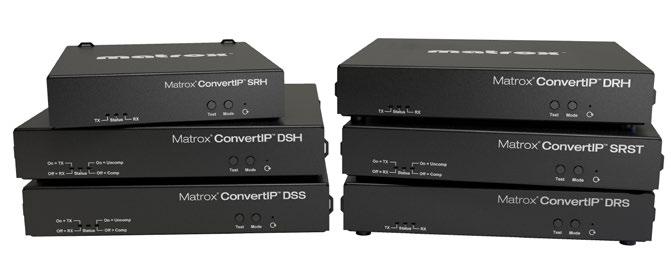




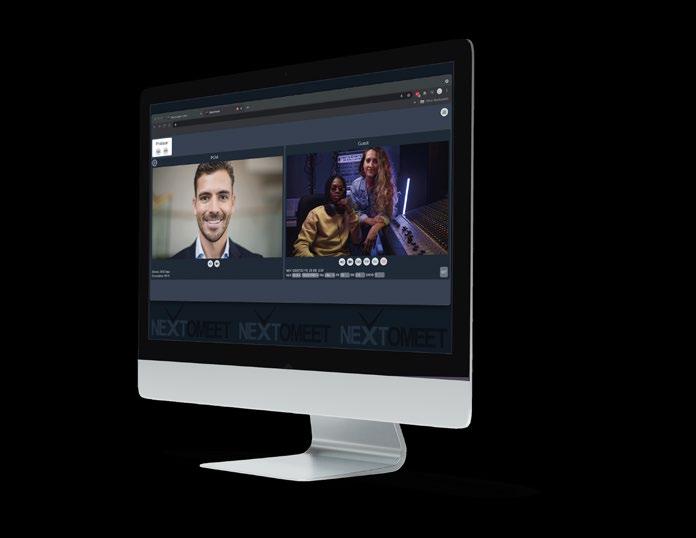

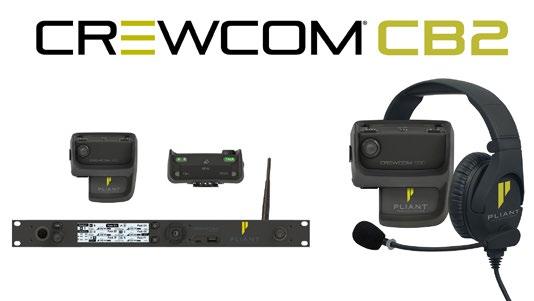
best of show 27twitter.com/tvtechnology | www.tvtech.com | October 2022 Matrox Video Matrox ConvertIP Nextologies NexToMeet Nextologies HITC NUGEN Audio Halo Vision Pliant Technologies CrewCom/CB2 Ross Video Ross Ultrix FR12 Software Defined Routing System SSIMWAVE SSIMPLUS VOD MONITOR TAG Video Systems Media Control System with Bridge Technology Telos Alliance Telos Infinity Virtual Intercom Platform (VIP) Teradek Teradek ART (Adaptive Reliable Transport) TVU Networks TVU Channel Plus Varnish Software Varnish Enterprise 6 With New Traffic Router VoiceInteraction Media Monitoring System - MMS Vizrt Viz Now Wheatstone Layers Server Software Suite Zero Density TRAXIS talentS Zixi Zixi Intelligent Data Platform (IDP) Remote Production: SOLVED REMOTE MEETING PORTAL DESIGNED FOR PRODUCTION • Remote Multiple Guests • Multiple Producers • SDI input/output • Low latency • High Video Quality • Web based • Secure Create richer content, and more of it, while spending less of your production budget. NexToMeet is an instant web/mobile to SDI video network, accomplished by combining home-grown internet protocol with IP stream’s routing capability to allow production teams to film interviews in any location with an iPhone or iPad webcam, and deliver that signal directly to SDI, no workarounds required.
equipment guide
cloud solutions
Blackmagic Cloud Tapped for Post on ‘A Creature Was Stirring’
USER REPORT
By Damien LeVeck Founder Skubalon Entertainment
LOS ANGELES–Most production profes sionals today are no strangers to the cloud. In addition to being the founder of Skubalon Entertainment, a production company focused on supernatural horror and thriller content, I, along with my assistant editor Jordan Maltby, even have our own company (Shoot2Post) that offers cloud-based workflow solutions for film, TV, commercials and web content.
So in approaching my new feature film thriller “A Creature Was Stirring,” I was already well-versed in the workflow necessary for the project. However, I’m not one to rest on my laurels, and I’m always looking for ways to improve, whether it’s in time, cost, creativi ty, collaboration, etc.
I knew we were going to be on a super tight post-production timeframe, so I began cutting during filming, so post-production effectively started shortly after filming began and ran concurrently. With filming taking place in Louisville, Ky. and Jordan doing post in Los Angeles, we relied on DaVinci Resolve Studio 18, hosting the project in Blackmagic Cloud for remote collaboration from the moment production began. Giving Jordan access to the footage via Blackmagic Cloud from day one has made an enormous difference when it came to creating efficiencies.
AN ELEVATED WORKFLOW
From the moment I logged into Blackmagic Cloud and created the project library, it was straightforward and seamless. During produc tion, Shoot2Post’s Magic Box provided on-set media management and dailies processing.
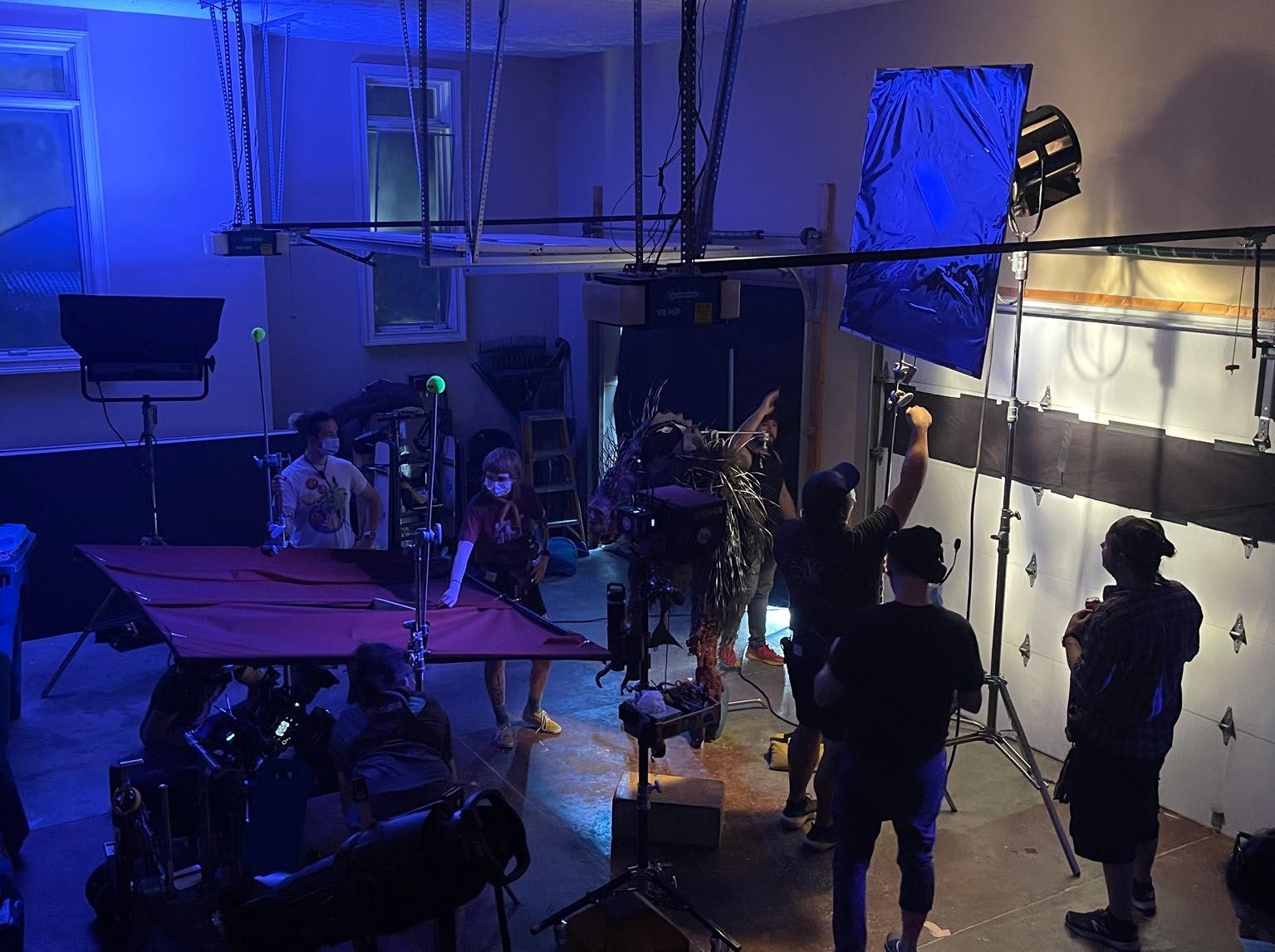
DaVinci Resolve Studio 18’s Blackmagic Proxy Generator automatically created low-res proxies from camera originals for editing once new footage was added to the media direc tory. Both camera originals and proxies were uploaded to Dropbox.
We had a few Blackmagic Cloud Store Minis keeping footage in sync between locations, using the shared storage solution option only to download proxies when syncing with the
Dropbox folder, keeping original camera files in the cloud. When anyone else imported any other assets, everything was automatically synced to Blackmagic Cloud and the addi tional Cloud Store Minis we were using via Dropbox. Everything was syncing in real time, and we were collaborating simultaneously with Jordan sound designing on my edits from Los Angeles while I was in Kentucky, effective ly helping me with turnarounds.
REAL-TIME CREATIVE DECISIONS
Now fully in post, creative decisions and collaboration continue in real time with Blackmagic Cloud. Although I’m now in Dallas and Jordan is still in Los Angeles, I can see him in the interface jumping between bins, cutting in sound effects, and those sound effects immediately coming online for me while I’m editing. We even have our colorist in Europe accessing the media via the cloud, downloading the camera’s original files, which immediately link to the footage in the shared project. Not only is there no need to conform, but the colorist has started grading before
we’ve even locked picture.
It was a no-brainer to take advantage of DaVinci Resolve 18 Studio and Blackmagic Cloud for this project just given the multiple locations between the shoot and the crew, as well as the tight timeline for the project. Moving the workflow to the cloud erased what could have been some significant hurdles, which could have increased time and costs, while at the same time increasing efficiencies, collaboration and creativity. l
Damien LeVeck is a Los Angeles-based film maker and founder of Skubalon Entertainment, a production company focused on supernatural horror and thriller content. After 10 years in the editing chair, LeVeck has segued into writing, di recting, and producing his own slate of scripted and unscripted projects. He can be reached at 323-553-0126 or assistant@skubaloninc.com For more information, visit www.skubalonenter tainment.com or www.shoot2post.com
For more information, contact Blackmagic Design at 408-954-0500 or visit www.blackmagicdesign.com
28
|
October 2022 | www.tvtech.com | twitter.com/tvtechnology
Filmmaker Damien LeVeck turned to cloud-based workflow solutions from Blackmagic Design to handle a very tight post-production schedule for his latest film.
EVS
XtraMotion
XtraMotion is a cloud-based service that allows production teams to transform any live footage, as well as post and archived content into super slow-motion replays. Designed to be seamlessly integrated into EVS’ live production ecosystem, replay operators can simply clip any content from anywhere on the network, render it to super slow-motion and play it back in seconds from their EVS replay server.
Using machine learning algorithms, the rendering process can be applied on-demand on any production format and on any original framerate to create high-quality super slow-mo tion content, from any camera, with unrivaled results. It enables the instant transformation of regular footage into high framerate content and can be applied on all HD and full HD formats, in any original framerate, in SDR or HDR.
z For more information visit www.evs.com/products.
PlayBox Neo Media Gateway
PlayBox Neo’s Media Gateway allows the conversion of a wide range of broadcast signals to simplify content delivery and distribution. Signals can be converted between SDI, NDI, SRT, UDP or RTP. Video and audio content can be grabbed from a desktop and delivered as a live feed.
All uncompressed outputs and the encoder allow frame-rate, up/down and cross conversion as well as aspect ratio conversion, plus generation of black, bars and freeze on the output when there is no signal. Video can be delivered with an alpha channel where supported. Every input can be delivered to one or many outputs in the same domain. The IP decoder supports multiple and single program transport streams.
z For more information visit www.playboxneo.com.
equipment guide | cloud solutions
Signiant Media Engine
Media Engine is a powerful new media management service built into the Signiant Platform designed to make it easy to find, preview and take action on media assets whether they’re stored on-prem or in the cloud.


Some Media Engine users are included with every Signiant SaaS subscription so customers already using Media Shuttle, Jet or Flight Deck have access to this new service immediately. There’s no additional software to install and no need to move or ingest your content as Media Engine will index your storage wherever it is and Signiant SaaS customers can get started at no additional cost.

z For more information visit www.signiant.com
SDVI Rally Media Supply Chain Optimization Platform

Enhancements to SDVI’s Rally media supply chain optimization platform include Rally Insight, a data analytics and visualization service that helps operators understand how supply chains are operating by turning supply chain data into interactive dashboards. Another companion service, Rally Connect, is a content exchange service that simplifies and accelerates the process of receiving and delivering content and metadata between partners. SDVI has also extended Rally Application Services, making applications available as on-demand, consump tion-based services; users can choose the tools needed for a job and pay only for what’s used.
z For more information visit www.sdvi.com.
Ross Video Ross Production Cloud
Vizrt Viz Now

Viz Now, Vizrt’s new automated deployment solution for cloud live production, saves considerable time and money by enabling the automated and secure deployment of—and access to—end-to-end remote live production tools from Vizrt and third parties in the cloud, in under 15 minutes. Viz Now was beta tested by the International Døds Federation, a Norwegian sporting organization promoting the unique sport of “Death Diving.”
With Viz Now, the production team, Trip pel-M Connected Venues spun up an end-toend enterprise-grade live production fully using the cloud, in mere minutes. Two freelance cam era operators shot on location in Austin using LiveU LU300s on 3 cameras, while the rest of Trippel-M Connected Venue’s team directed and produced from its offices in Oslo.
z For more information visit www.vizrt.com.
Ross Production Cloud is a highly adaptable end-to-end production solution designed for broadcast-quality live produc tion. Supporting perpetual and sub scription licensing models and operating natively within a customer-supplied cloud ecosystem, Ross Production Cloud allows production teams to collaborate and produce live shows and events using the same Ross interfaces with which they are already experienced. Fully powered by the cloud and optimized for AWS, Ross Pro duction Cloud offers the full range of func tionality required for remote production, including production switching, real-time graphics, ingest, playout, newsroom, asset management, and remote contribution.
It’s built on innovative ground-to-cloud technologies designed by Ross to bring on-premises SDI and NDI live feeds into the cloud ecosystem and vice versa.
z For more information, visit www.rossvideo.com.
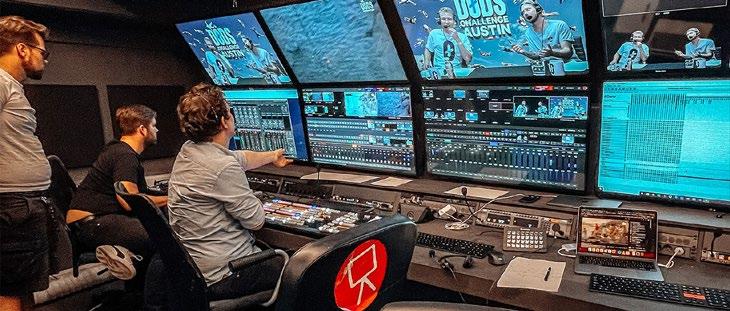
buyers briefs twitter.com/tvtechnology | www.tvtech.com | October 2022
29
cloud solutions buyers briefs
SwXtch.io cloudSwXtch
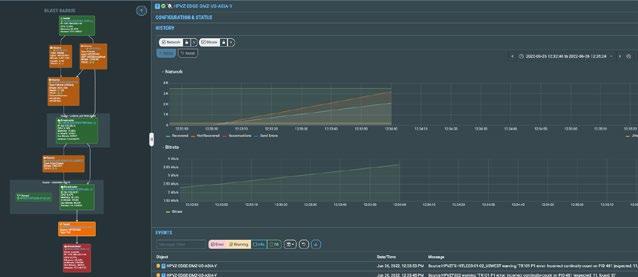
Imagine Communications Aviator Make TV Essentials


Imagine has introduced Essentials channel origination for its Aviator Make TV cloud solu tion for playout channels that do not need to handle live events. Using Imagine’s cloud-na tive channel origination solution, Aviator Essen tials provides simple set-up and operation with the same premium video, audio and graphics quality as its Standard and Premium channels, making it a cost-effective package ideal for launching thematic, pop-up, and FAST chan nels, and building cloud-based DR workflows. The graphics capabilities—through its part nership with Singular.live—harness the widely adopted HTML5 format, which is portable and easy to use. It supports real-time external dynamic data and playlist data insertion, and SCTE triggers to drive ad insertion workflows. z For more information visit www.imaginecommunications.com
The Switch MIMiC Cloud Video Platform
MIMiC is a cloud-based, live production and delivery platform that provides global access to production, clipping and editing, transmis sion, and bonded cellular capabilities. The end-to-end production-as-a-service covers full live remote/distributed IP video production, real-time clipping and editing for social media, and cloud-based global transmission. It handles all aspects of the production workflow in the cloud, giving content producers the choice to use their own production crew or The Switch’s experienced team. MIMiC’s transmission service enables global IP delivery, enabling rights hold ers to take video feeds—clean and/or dirty— from anywhere in the world and simultaneously deliver them to hundreds of destinations using cloud-based networks and, where available, The Switch’s private network.
z For information visit www. theswitch. tv.
cloudSwXtch is a virtual overlay network that brings on-premises features, including multicast distribu tion to the cloud. Deployable within a cloud tenant, cloudSwXtch helps broadcasters and video service providers merge on-premises and cloud networks, migrate demanding media workloads, and establish mesh configurations to create global networks. The cloudSwXtch
LiveU LiveU Ingest
LiveU Ingest is an automatic recording and story metadata tagging solution for live video. Powered by the LiveU cloud video platform, LiveU Ingest allows users to process video faster while significantly cutting production costs. As the number of live productions continues to rise, LiveU Ingest re duces the workload in covering these events by automatically recording any live transmis sions from the field while applying the respec

architecture comprises a virtual switch and virtual network interface card (NIC) that are analogous to physical components. Users can add performance-enhancing features like multicast, ground-to-cloud bridging, and network-path redundancy, which were previously unavailable on cloud networks. The cloudSwXtch solution uses the SMPTE ST 2022-7 standard for hitless merge, enabling con sistent high-quality video streams.
z For more information visit www.swXtch.io
tive metadata generated by the NRCS. With all content instantly available on the LiveU Ingest web portal, it lets digital teams accelerate the time needed to publish assets online by allowing field crews and produc tion teams to view, trim, download, and publish content from anywhere, regardless of their location. LiveU Ingest also brings new levels of efficiency to the pro duction process and integrates with existing production and newsroom systems.
z For more information visit www.liveu.tv/ products/manage/ingest.
Zixi ZEN Master
Designed to manage live video delivery, Zixi’s ZEN Master enables secure remote workflow management with visual tools to configure, orchestrate, manage and monitor live broadcast channels at scale. ZEN Master includes purpose-built live video operations dashboards that provide global visibility across all of the media supply chain and real-time protocol-level delivery health monitoring. ZEN Master seamlessly orchestrates advanced work flows intelligently, continuously analyzing and responding to hundreds of discreet telemetry data points per channel. Video operations teams leverage ZEN Master to abstract complexity, reducing engineer ing requirements while increasing stream health, availability and performance.
z For more information visit www.zixi.com
Interra Systems BATON QC and ORION
Interra Systems’ BATON QC and ORION mon itoring solutions support cloud-based deploy ments and enable unparalleled flexibility in terms of licensing, deployment, and configu ration. They allow service providers to detect QC and QoE issues for VOD and live content at each step of file-based workflows, both on-premises and in the cloud. The solutions seamlessly communicate with transcoders, dig ital rights management systems, CMS, CDNs, network management systems, and other integral workflow components. APIs further simplify integration between components in a cloud environment. Interra Systems also offers a cost-effective media processing platform, al lowing broadcasters, video distributors and OTT service providers to leverage cloud technology.
z For more information visit www.interrasystems.com

30
October 2022 | www.tvtech.com | twitter.com/tvtechnology equipment guide |
Sony Ci Media Cloud
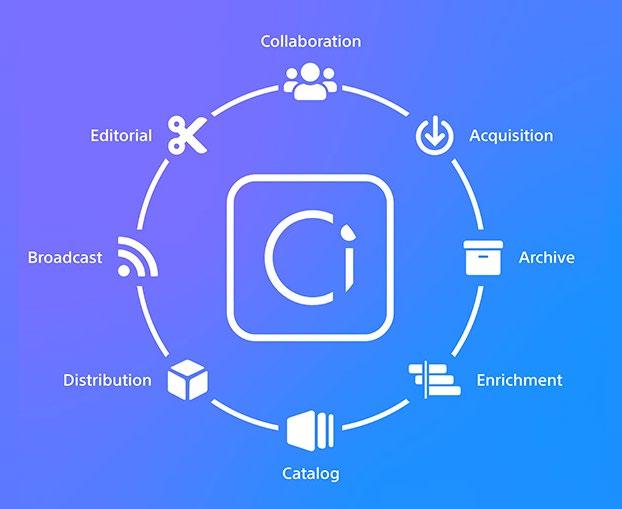
Sony’s Ci Media Cloud SaaS is designed to unify and streamline workflows by allowing production teams to capture, backup, review, transform, and run post-production workflows without moving or copying content. Ci is the only media platform that offers content acquisi tion portals, real-time collaboration, automated transcoding, high-speed file transfer, QC, log ging, and archive functionality in a single SaaS offering, according to the company. Rather than duplicating content across disparate systems, Ci brings media processes to content already stored in the cloud and teams can upload content to Ci from browsers and cameras re gardless of location. Ci’s recent integration with Teradek expands camera-to-cloud capabilities to any camera, allowing productions to securely upload footage directly from on-set encoders with just a simple 8-digit code for configuration.

z For more information visit www.cimediacloud.com.
Harmonic VOS360 Cloud SaaS Platform
Harmonic’s VOS360 cloud SaaS platform is designed to simplify media processing and delivery. Running on three major public clouds, the end-toend platform provides unparalleled agility, resiliency, security and scalabili ty for sports streaming, TV Everywhere (both VOD and linear streaming) and broadcast workflows. To ensure the highest service availability, Harmonic’s worldwide DevOps team also provides 24/7 monitoring and assistance.
z For more information visit www.harmonicinc.com
buyers briefs equipment guide

cloud solutions
TVU TVU Channel Plus
TVU Networks’ TVU Channel Plus is a cloudbased playout service with integrated ad sales support. Initially designed for one of the world’s largest broadcasters, TVU Channel enables the user to schedule live and VOD programming from a simple web browser. Both TVU Channel Plus and TVU Channel enable simple, yet powerful linear channel scheduling and playout running in the cloud and with its pay-as-you-go pricing, support an OpEx business model.

TVU Channel Plus is free to the user, em ploying a revenue-split pricing model based on ad performance. TVU Channel Plus features ad sales support from digital ad networks and can be used to supplement broadcasters’ existing sales teams; service broadcasters looking to keep on-air sales efforts separate from FAST (Free Ad Supported TV) channel ad sales; or provide a complete ad sales solution for small er media firms.
z For more information visit www.tvunetworks.com
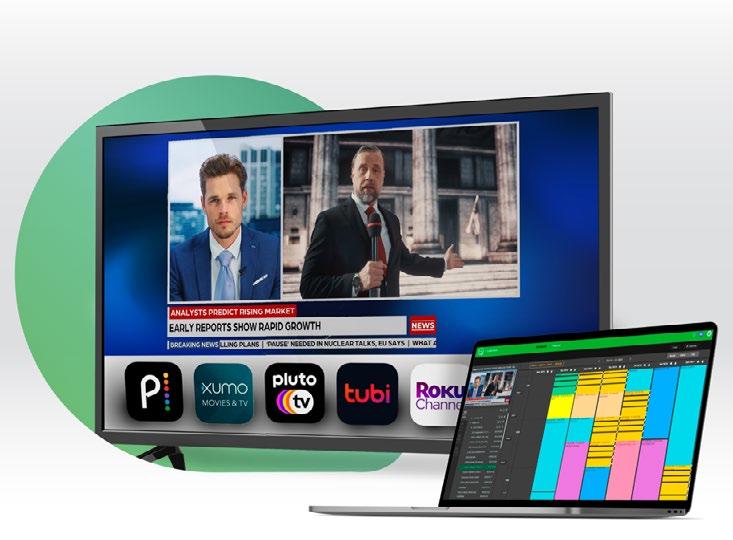
31
twitter.com/tvtechnology | www.tvtech.com | October 2022
|
For nearly 40 years, TV Tech has been the professional video industry’s most-trusted source for news analysis, trend reports, and the latest on industry technology and product innovations. You don't want to miss the next issue. Subscribe today!equipment guide audio www.tvtech.com September 2022 THE BASICS OF RF LIVE PRODUCTION OVER IP METAVERSE OR METAMUCIL? NFL Preview p. 16 CAMPAIGN 2022 How broadcasters are using new tools to keep voters informed To claim your FREE subscription, go to www.mytvtech.com
guide
buyers briefs
cloud solutions
Telestream Encoding.com
Encoding.com simplifies users ability to transcode, package, validate and protect pre mium VOD content for streaming and playout on any device. The API-based platform pro vides access to dozens of VOD-focused media services, agile customer workflow development and dynamic job orchestration developed exclusively for high-volume video processing in the cloud.
Since pioneering transcoding-as-a-service in 2007, Telestream has powered mission-crit ical video streaming and broadcast work flows for the world’s leading M&E brands. Its Emmy Award-winning platform was the first cloud-based automation solution focused on transcoding and packaging VOD content.

z For more information visit www.telestream.net.
Grass Valley Live Producer X
GV AMPP offers a new user experience in creating live video programs with the introduction of Live Producer X, aimed at giving production teams many of the same high-end creative features they can get with a traditional production switcher, but with a much simpler operational paradigm.
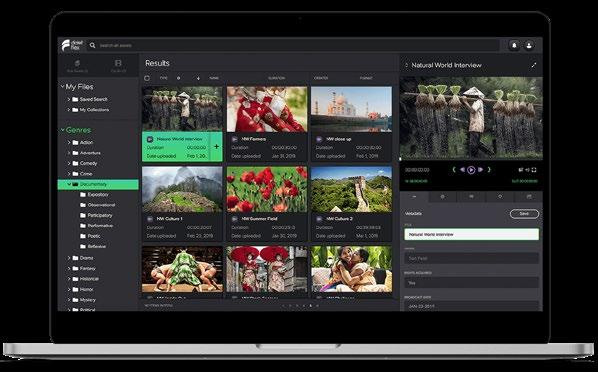
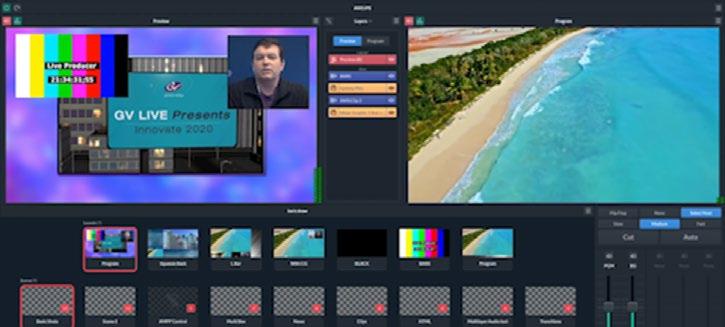
Like a traditional production switcher, Live Producer X can create a show with multiple layers of graphics, text, prerecorded clips and live video sources. Live Producer X supports picture-in-picture with 2D resizing and position ing, as well as image crop, opacity and border controls. Complex, multibox sequences can be created with ease. A large range of built-in wipes and transitions can be combined with custom transitions that incorporate video or graphics to create a uniquely branded look.
z For more information visit www.grassvalley.com.
LTN Global LTN Lift
LTN Lift is a fully managed, cloud-based playout solution for the automated creation of live, linear channels to reach cross-platform audiences. It is designed to help broadcasters and media companies widen their reach across OTT platforms and FAST services while maximizing the yield from their content assets.
LTN Lift brings together a range of LTN’s advanced playout, signaling and video trans port technologies built around LTN’s indus try-leading IP video network. It automates versioning of a primary linear channel, seam
Triveni Digital ATSC 3.0 Cloud SaaS Solution
Triveni Digital’s ATSC 3.0 Cloud solution for streaming ATSC 3.0 ensures a smooth tran sition to NextGen TV. Using Triveni Digital’s software-based ATSC 3.0 Broadcast Gateway scheduler, GuideBuilder XM ATSC 3.0 Trans port Encoder, and state-of-the-art third-party systems, broadcasters can launch NextGen TV services faster and more efficiently than ever.
The SaaS solution lowers the cost-to-market for new channels and services by eliminating CaPex expenses. Offering instant scalability and upgradeability, ATSC 3.0 Cloud offers broadcast

lessly spinning up secondary channels and integrating live and non-live programming. LTN Lift enables customers to automatically cre ate new channels in the cloud, with altered programming to fit cross-platform programming requirements or provide richer content for different audiences. The managed service offers a highly redundant, scalable cloudbased platform with virtual accessibility, allow ing content providers to manage the service anywhere and rapidly scale up services based on evolving requirements.
z For more information visit www.ltnglobal.com.
Dalet Dalet Flex
Dalet Flex is a cloud-native media logistics solution used by media-rich organizations such as Arsenal, Audi, the National Rugby League, KCP, Migo, and many more, to produce, manage, distribute and monetize content. It features web-based, user-friendly collaborative tools and automation capabilities that have been proven to shorten workflows for review and approval, content library management, multiplatform distribution, and packaging content for localization and
ers the flexibility they need for future growth. The solution also includes support for the SRT protocol to ensure a secure broadcast commu nications path in the cloud.

z For more information visit www.trivenidigital.com.
OTT by up to 50% and reduce direct costs by up to 70%. Dalet Flex for teams provides outof-the-box and easy-to-execute workflows such as review and approval or multiplatform distribution. Hosted and managed by Dalet, customers can eliminate overhead and better control budgets, with the elasticity of the cloud enabling them to scale resources as needed.
Dalet Flex for enterprises is an open media logistics and content supply chain platform for organizations with advanced media work flow needs.
z For more information visit www.dalet.com.
32
October 2022 | www.tvtech.com | twitter.com/tvtechnology
equipment
|
equipment guide

cloud solutions
buyers briefs

Avid Avid | Edit On Demand With SRT
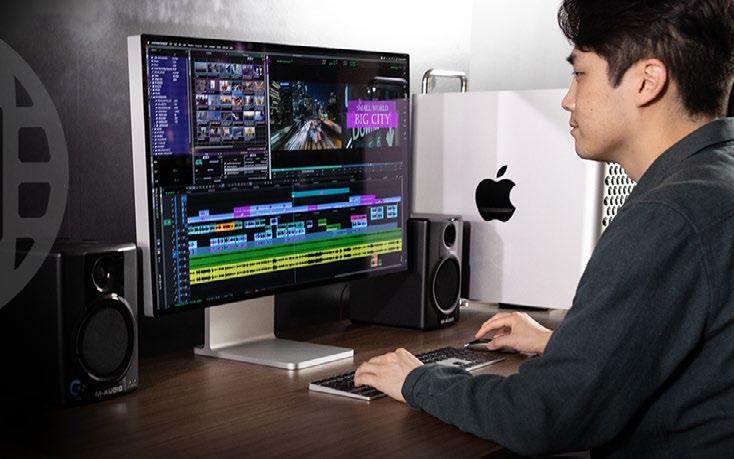
Avid | Edit On Demand brings “over-the-shoul der” collaboration to remote production work flows, made possible by Haivision’s SRT (Secure Reliable Transport) protocol. It offers a complete virtual post-production environment in the cloud with Avid NEXIS cloud and storage-optimized Media Composer software, making it easy to scale teams and start projects any time.
Post-production teams can collaborate in the cloud as effectively as working together in a studio or other facility. Teams can spin up virtualized resources including Media Com poser seats with NEXIS cloud storage within hours, access their workflows from anywhere, and shut them down quickly when projects are complete.
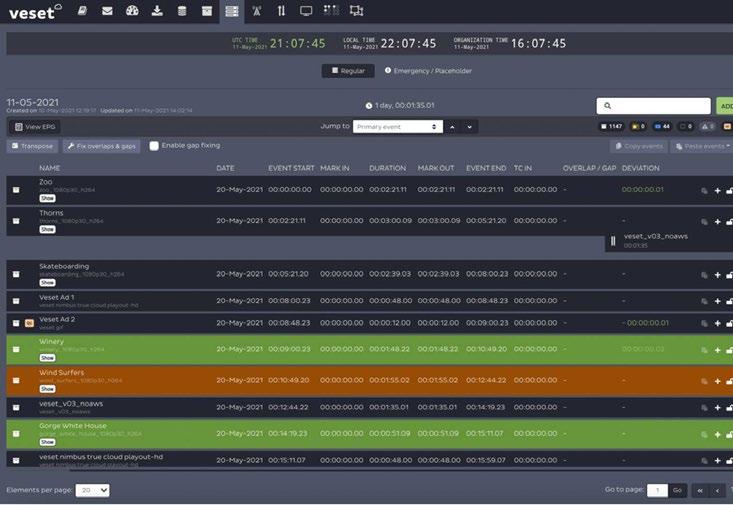

z For more information visit www.avid.com.
Rohde & Schwarz
R&SPRISMON.cloud
R&SPRISMON.cloud provides monitor ing-as-a-service for professional OTT media delivery systems. R&SPRISMON. cloud is designed to extend the view of users outside their premises and across their delivery ecosystem in an all-IP end-to-end approach (compatible with R&SPRISMON on-premise probes). By monitoring content and its adaptive bitrate profiles continuously, R&SPRISMON.cloud helps users safe guard their QOS and is deployable from a browser. Other key features include: live MultiView; easy to handle set-up wizard; generates CapEx savings; and in tegrates with on-premise R&SPRISMON probes. Available models include SILVER. sensor, GOLD.sensor, and TRIAL.sensor.
z For more information visit: www.rohde-schwarz.com.
Bitcentral Nimbus

Nimbus is an innovative, playout solution with a complete self-service workflow for linear broadcast channels. Boasting cloud-based software designed to run on cloud-comput ing resources, Nimbus includes a complete linear broadcast and playout workflow for event-driven pop-up channels, disaster recov ery and 24/7 playout/master control channels.
In addition to its fully virtualized elements, Nimbus offers the benefit of a lower cost of entry through an OpEx-based financial model, as opposed to the traditional CapEex approach, making it the perfect cloud-based playout solution for broadcasters and broad cast service providers.

z For more information visit www.bitcentral.com.
products & services marketplace

33
twitter.com/tvtechnology | www.tvtech.com | October 2022
|
people on the move
IGNACIO MEYER President of U.S. Networks TelevisaUnivision
TelevisaUnivision has appointed Ignacio “Nacho” Meyer president of the company’s U.S. Networks where he will lead its expansion and continued transformation. Meyer steps into this role after 10+ years at Univision. Most recently he led the Music and Non-Script ed Entertainment division at Tele visaUnivision. He also led strategic business efforts for the Music, Music Publishing, Sound Design team and artist development in the United States.

SAI GOPAL
Chief Financial Officer
Grass Valley
Grass Valley has appointed Sai Gopal as its chief financial officer. He brings more than 20 years of experience in running finance operations for small to mid-sized public and private companies.
Prior to joining Grass Valley, Gopal was vice president of finance and operations at Evolv Technology, where he was instrumental in tak ing the company public through a Special Purpose Acquisition Co..
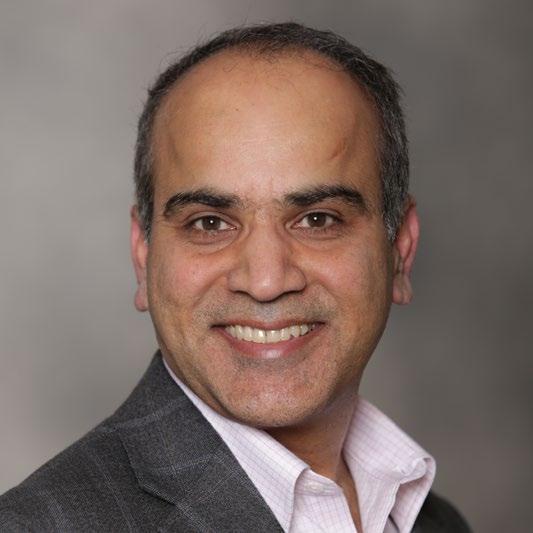

DR. CIRO NORONHA Chief Technical Officer Cobalt Digital
Cobalt Digital has promoted Dr. Ciro Noronha to CTO. He moves into the newly created role from his position as EVP of engineer ing. Noronha, a founder of Imme diaTV Corp., which was acquired by Cobalt Digital in 2016, has worked in the compressed video over IP space since 1995. He previously held engineering man agement positions at Optivision, SkyStream, Tandberg Television, and Ericsson.

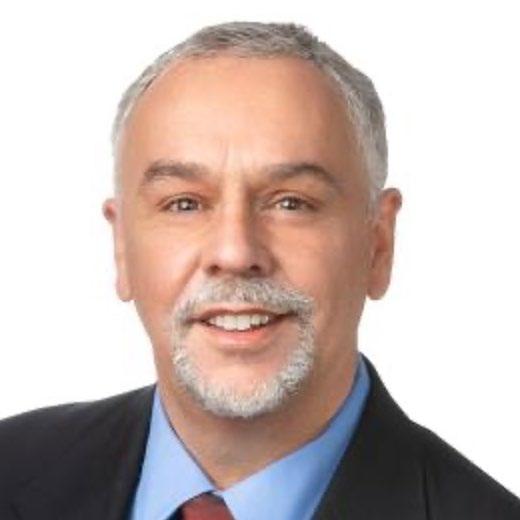
BOB VAN BODEGAN President, The Americas
Miller Camera Support
Miller Camera Support Equipment has hired Bob Van Bodegon as its new president of The Americas. For more than 20 years he was the territory sales manager for Fujifilm Corp., managing 14 eastern states. Prior to his role as territory manag er, Van Bodegon worked for Fuji on high precision optical devices for 33 years. “I worked closely and interacted with many of the Miller Camera Support employees and the families of Miller for more than half of my life,” he said.
MARTIN STEWART Chief Financial Officer NEP Group
NEP Group has hired Martin Stewart as its new CFO. He will oversee all financial strategy and actions across NEP’s three business segments: Broadcast Services, Live Events and Virtual Studios. Stewart has spent more than 25 years in leadership roles in the media sector across Europe, New Zealand and the Middle East, including SKY New Zealand, and OSN, the pay-TV network in Dubai. Earlier in his career Stewart was at British Sky Broadcasting Group.

MELINDA WRIGHT Director of Operations, Flex Mobile TV Group
Mobile TV Group (MTVG) has hired Melinda Wright as direc tor of operations, where she will oversee all day-to-day operations for the Flex Series, which provides facilities for more than half of all NBA, MLB and NHL games in the United States. The first woman to hold this position, Wright brings more than 15 years of experience and has been with MTVG since 2005, previously serving as an event coordinator and crewer administrator.

MARCO LOPEZ Vice President of Engineering Clear-Com
Clear-Com has appointed Marco Lopez vice president of engineer ing. He will lead key strategic areas related to product development, including wireless technology and advancing its IP-based intercom solutions. In the mid-2000s, Lopez played a key role in the transfor mation of analog to digital signals as president of Miranda Tech nologies, which was acquired by Belden. He led the acquisition of Grass Valley where he served as CEO. He was also CEO of Chyron.

DAN WROTH Product Manager Rohde & Schwarz
Dan Wroth has been appointed product manager at Pixel Power, a Rohde & Schwarz company. He will be responsible for its Gallium and StreamMaster portfolio of products. He brings expertise in the playout domain, along with broader knowledge of the media and broadcast industry. Previously, Wroth held roles at Grass Valley, Snell Advanced Media and Ascent Media. He has worked with R&S and Pixel Power teams as a cus tomer and partner.
34
For possible inclusion, send information to tvtech@futurenet.com with People News in the subject line.
October 2022 | www.tvtech.com | twitter.com/tvtechnology
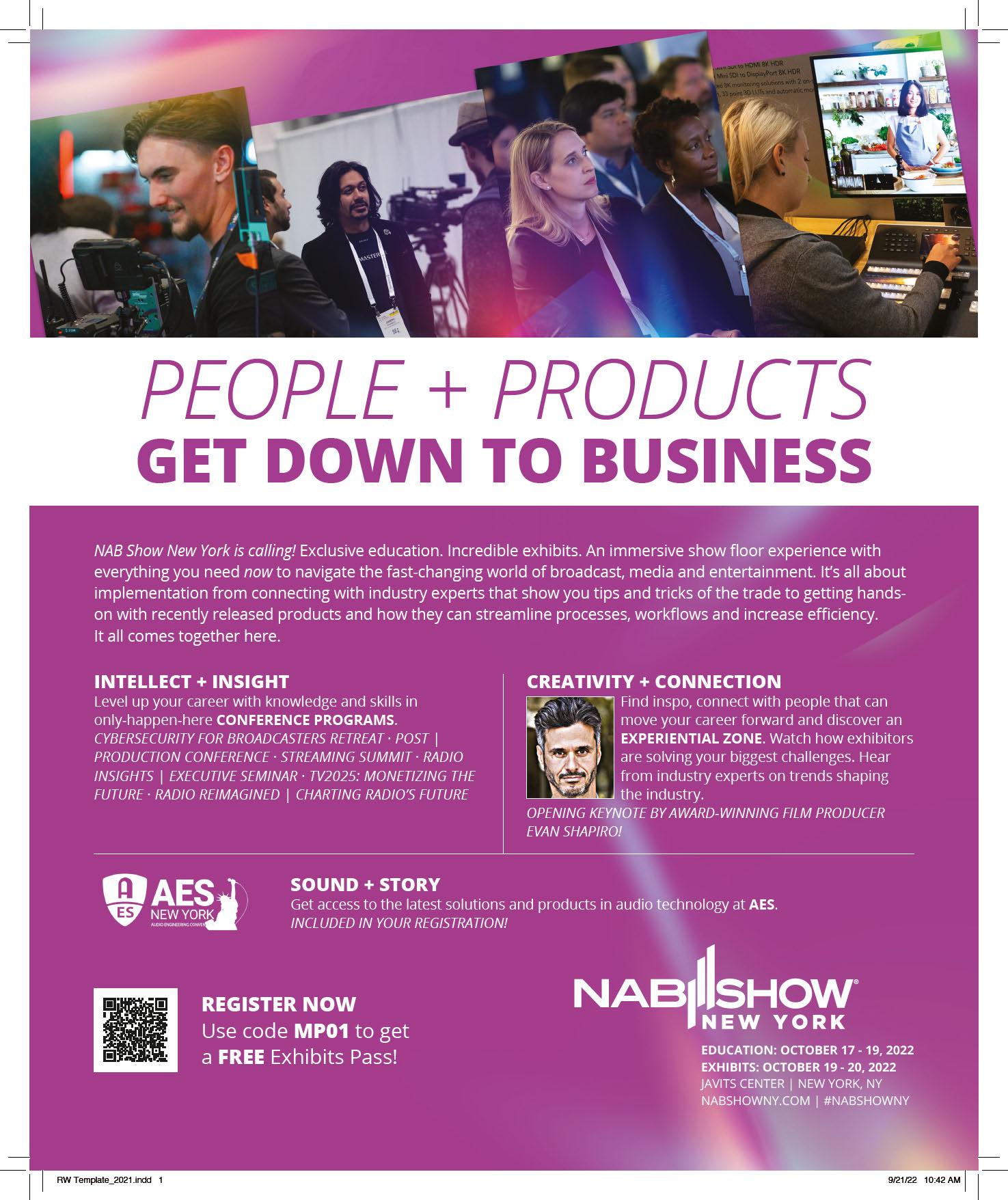

9000















































 By John Maxwell Hobbs
By John Maxwell Hobbs
 Gary
Gary





















































































































































































































